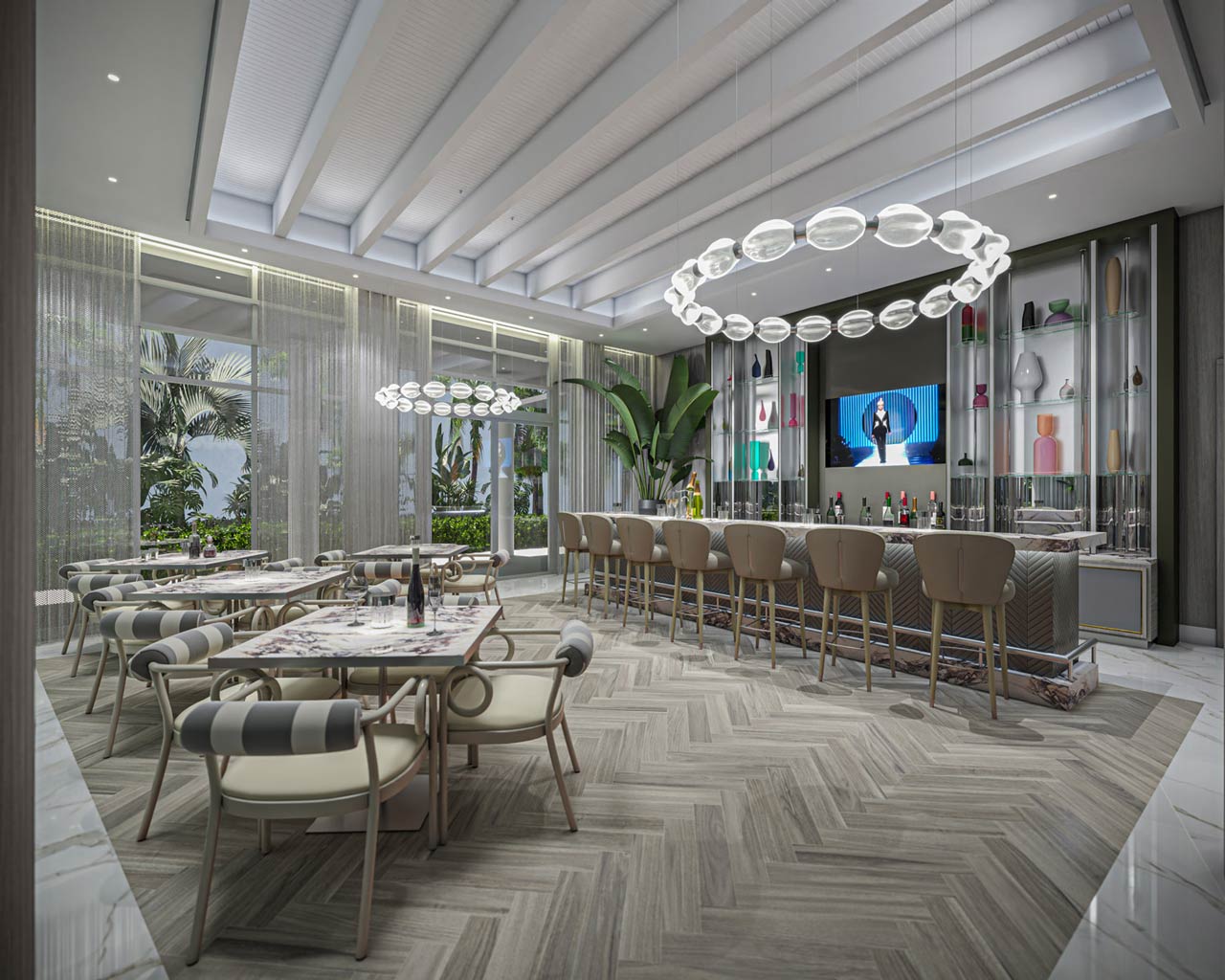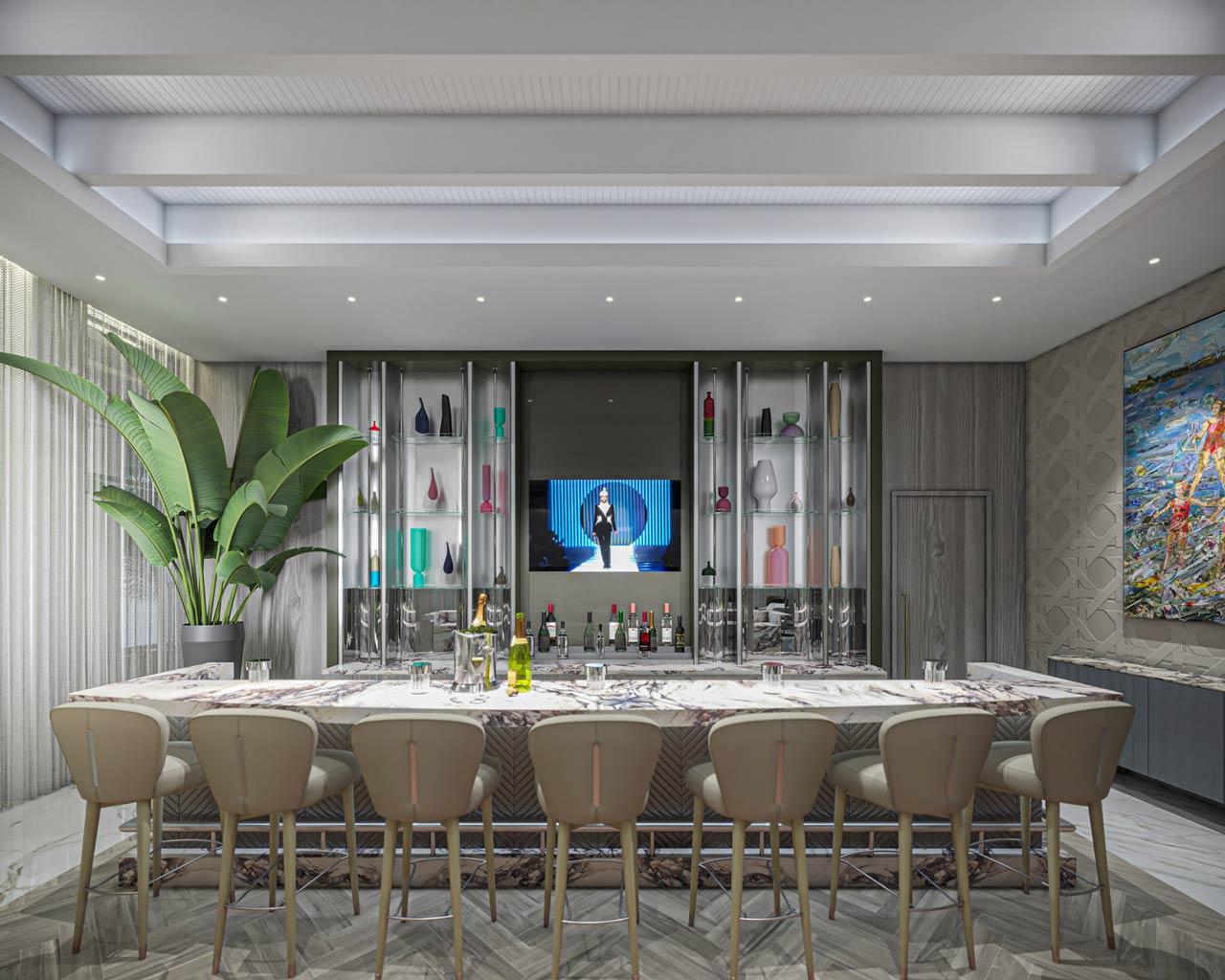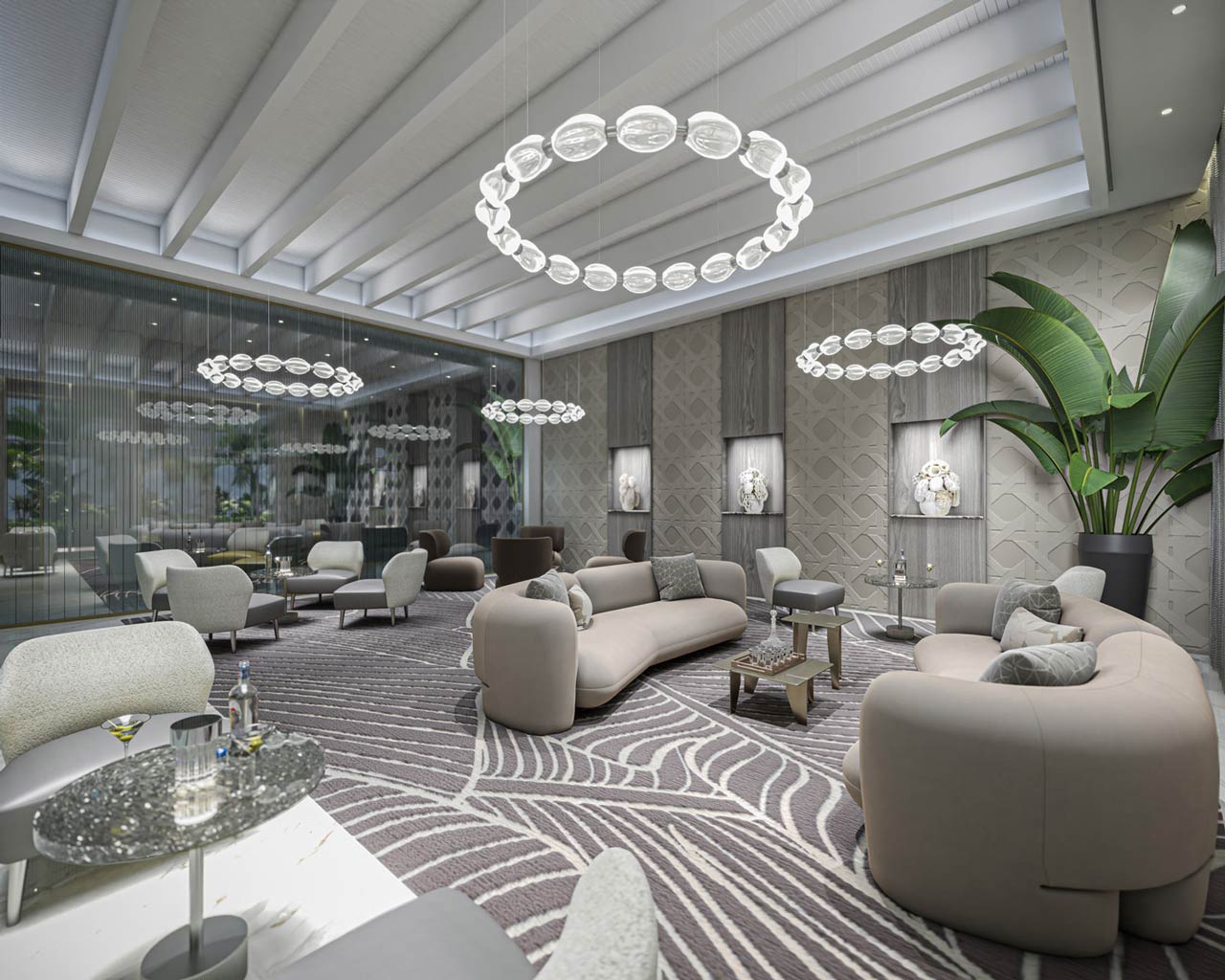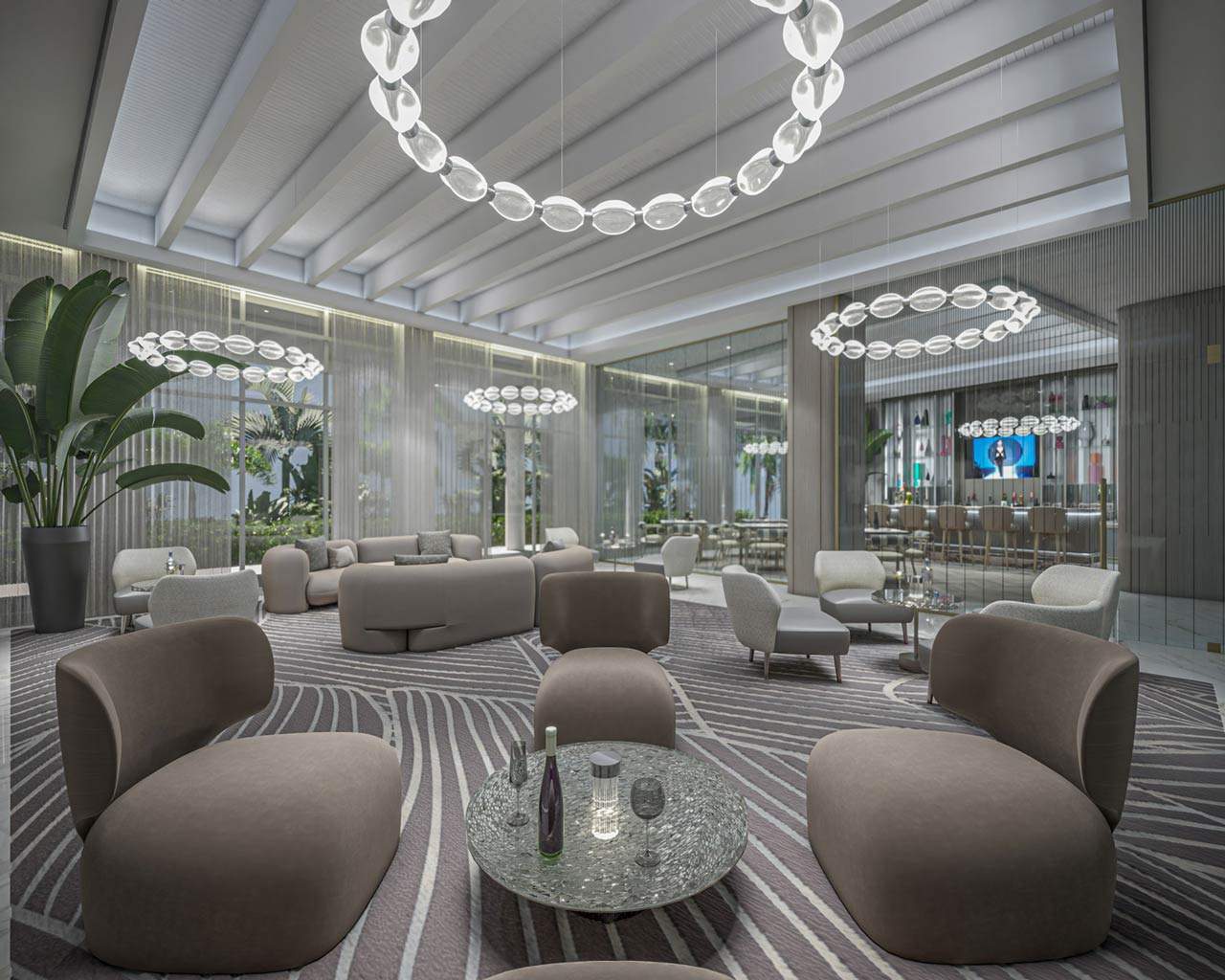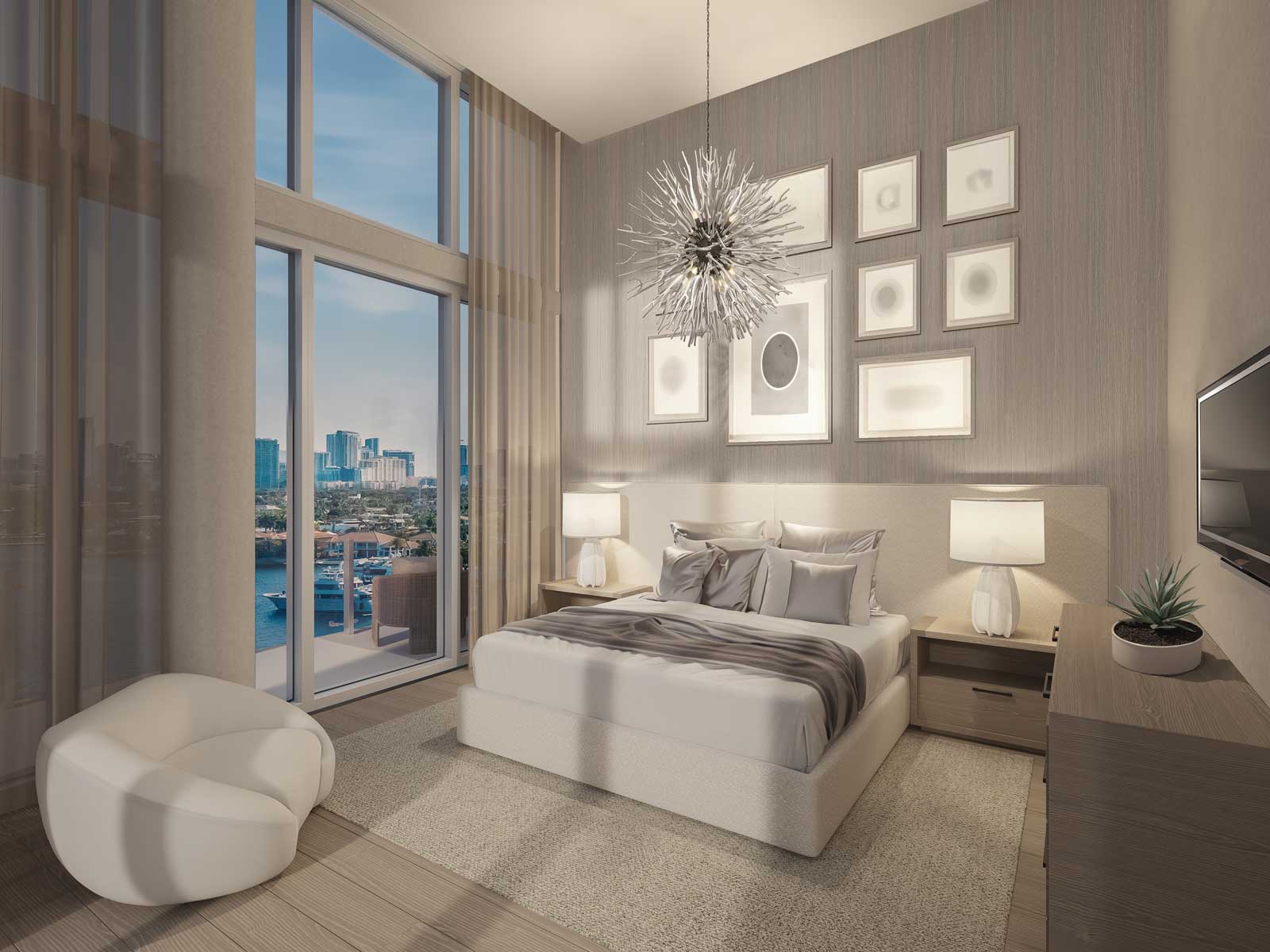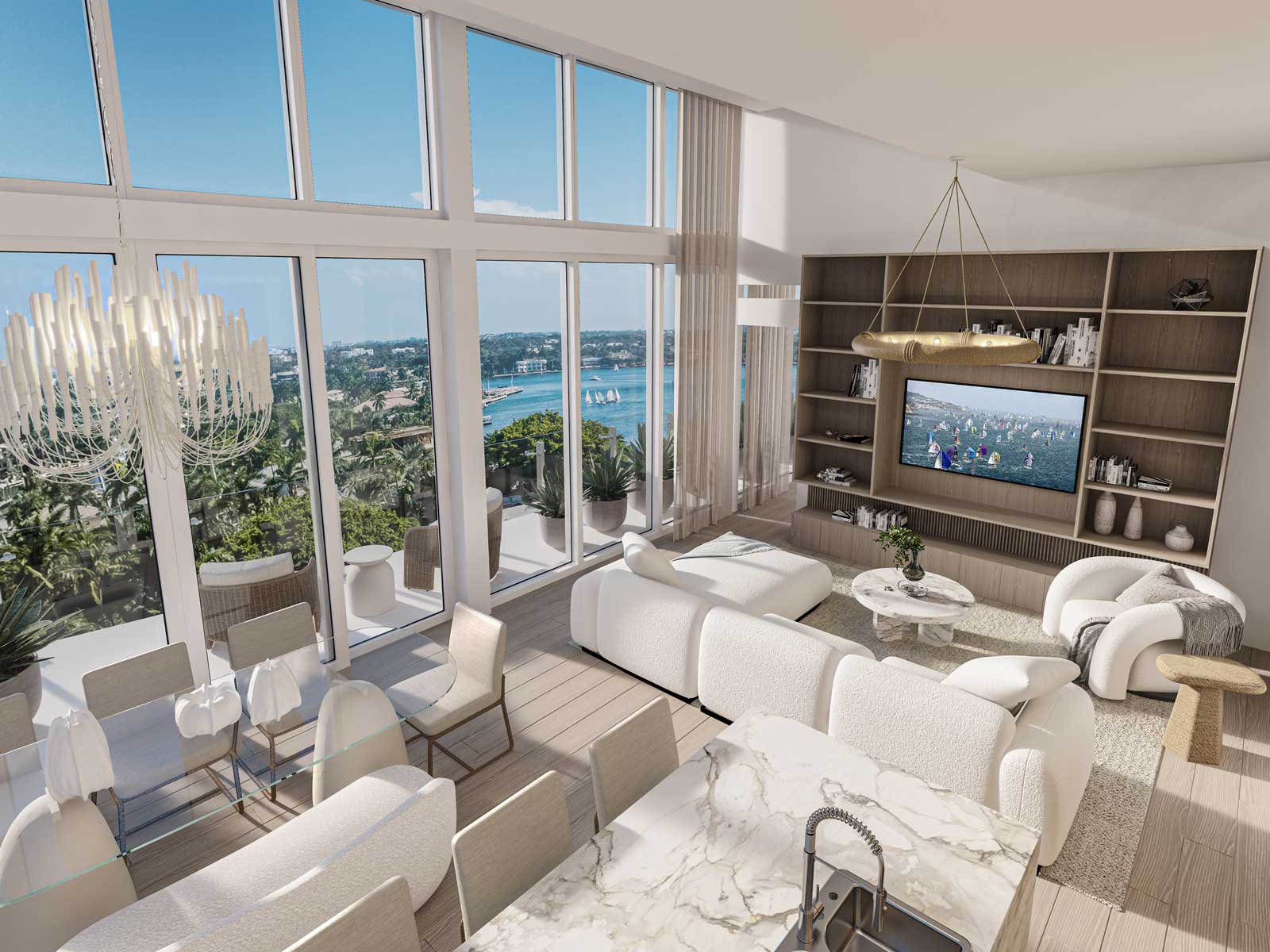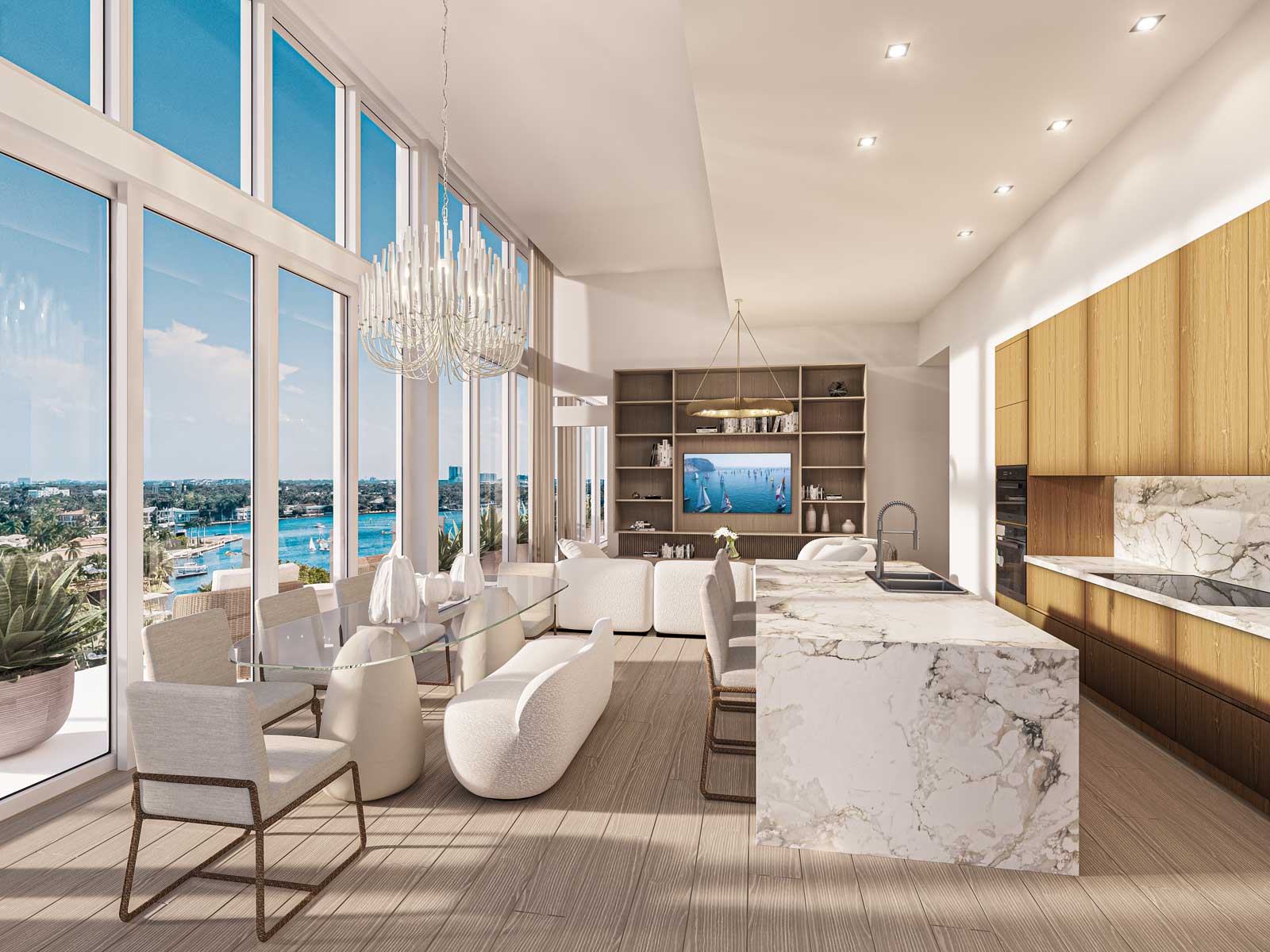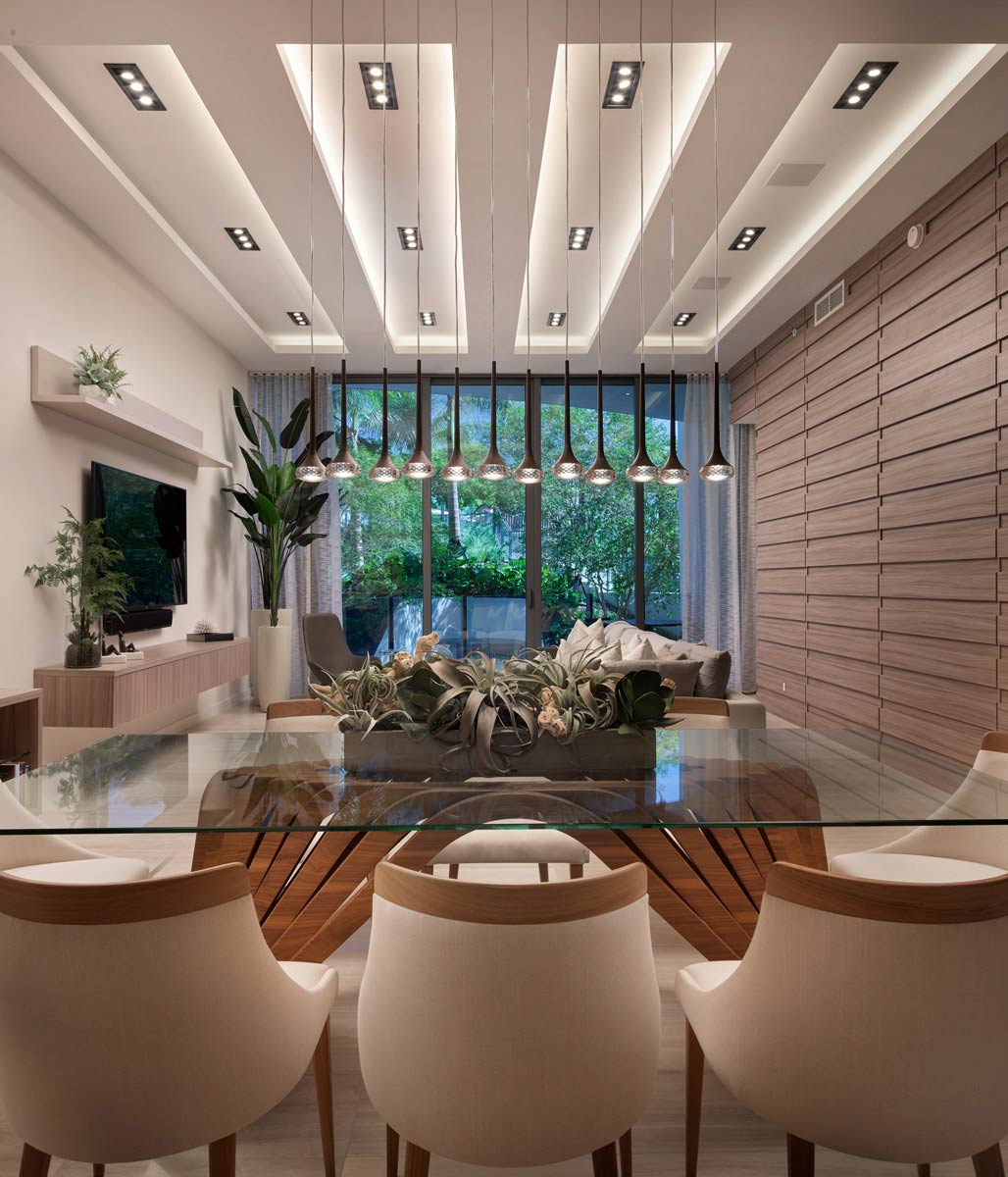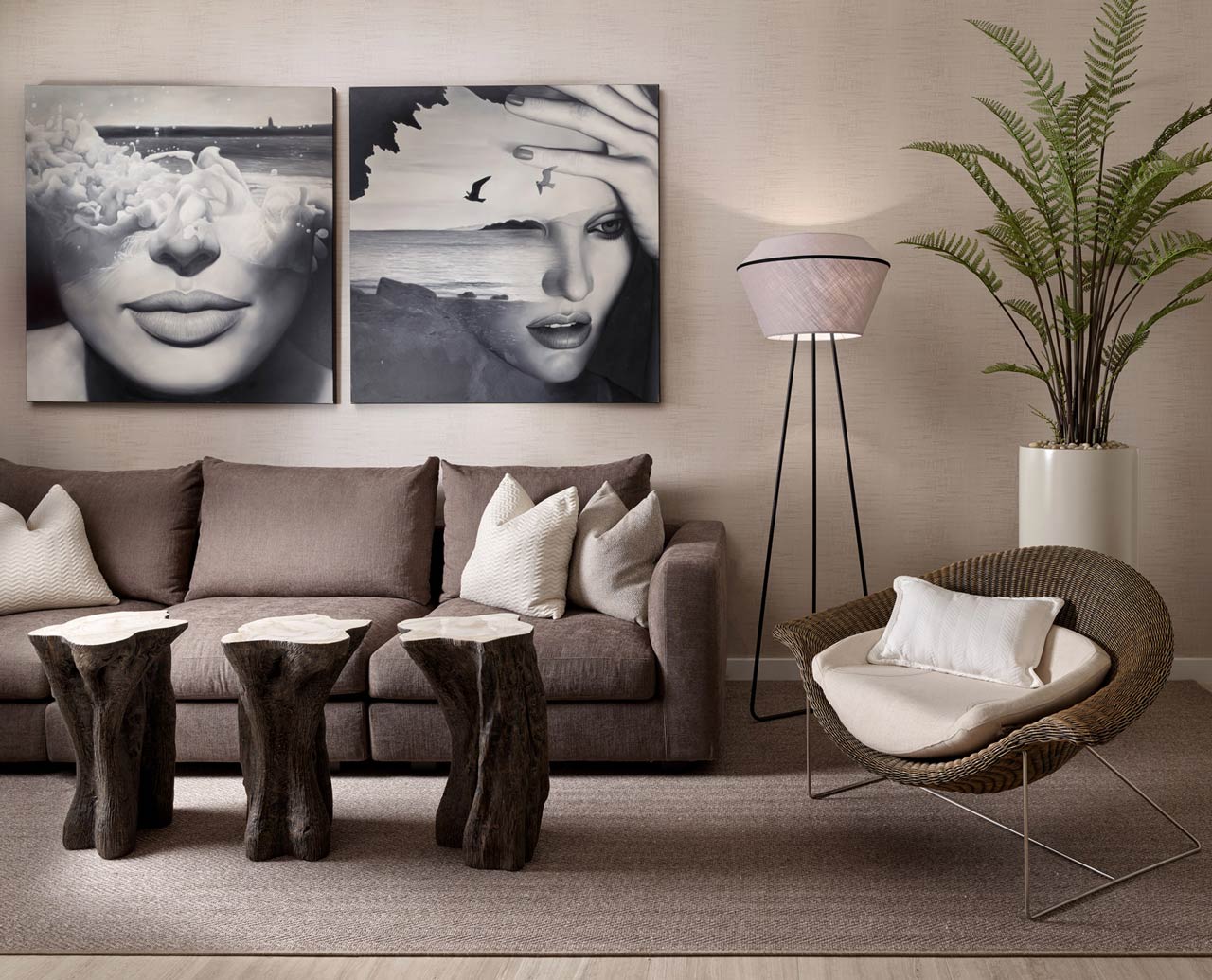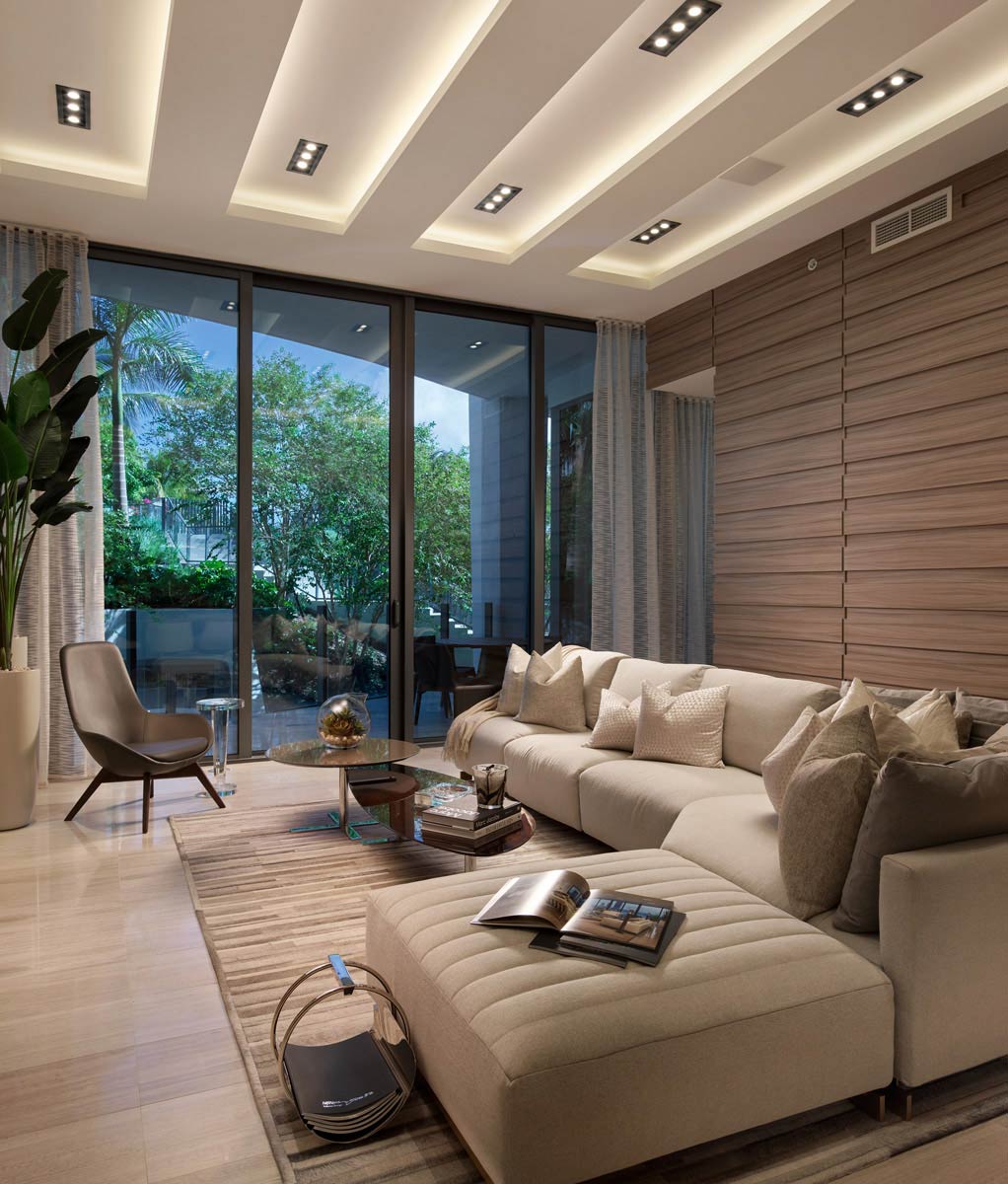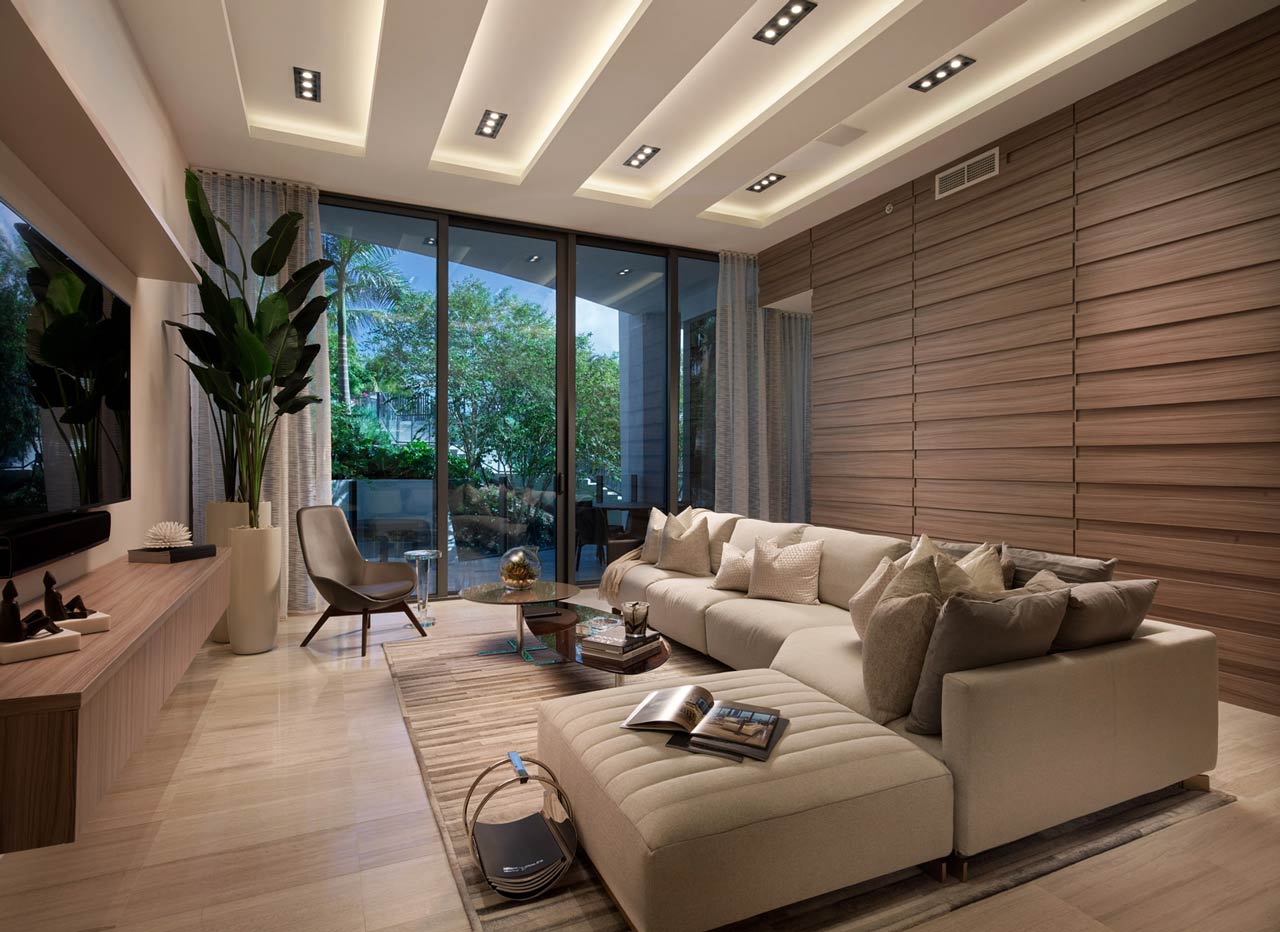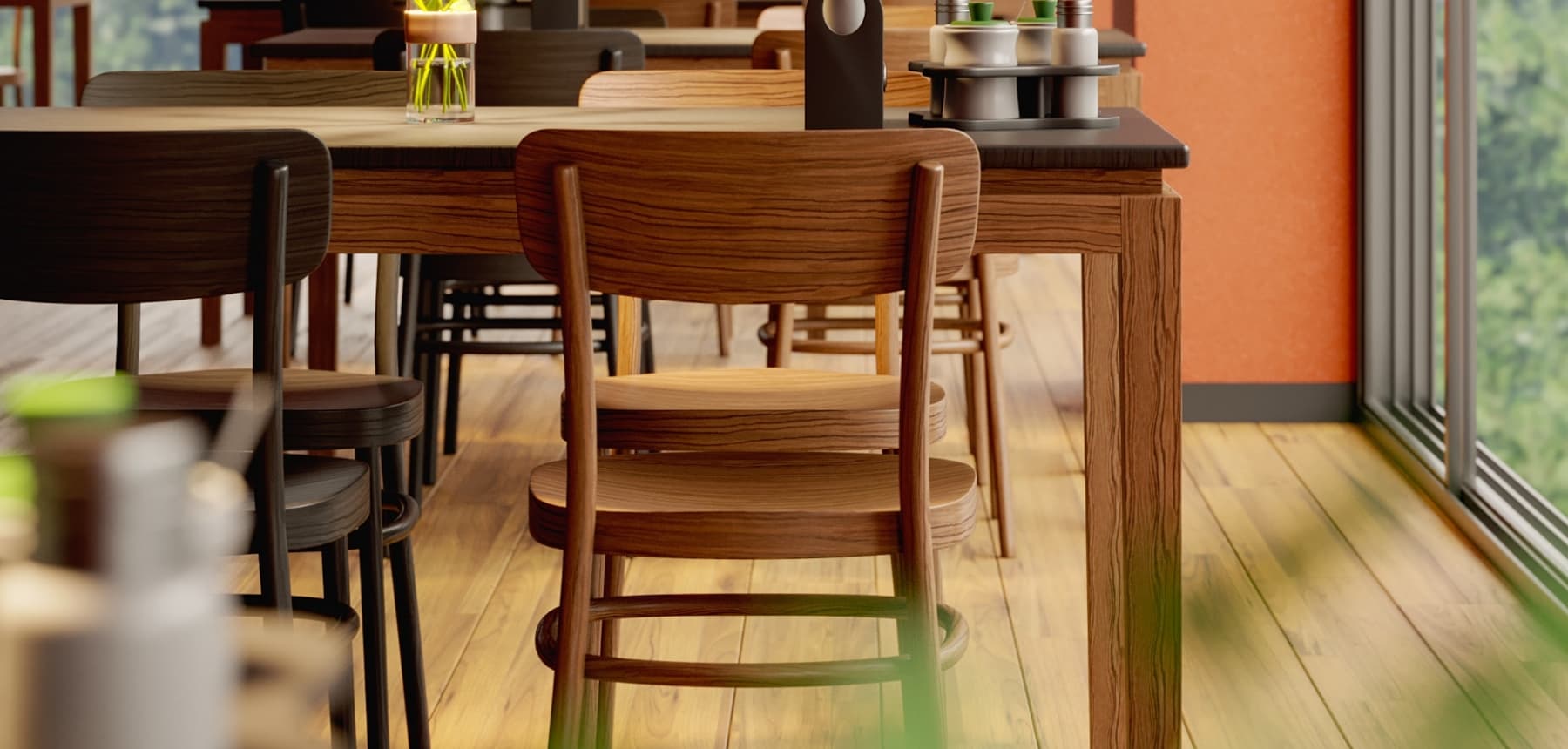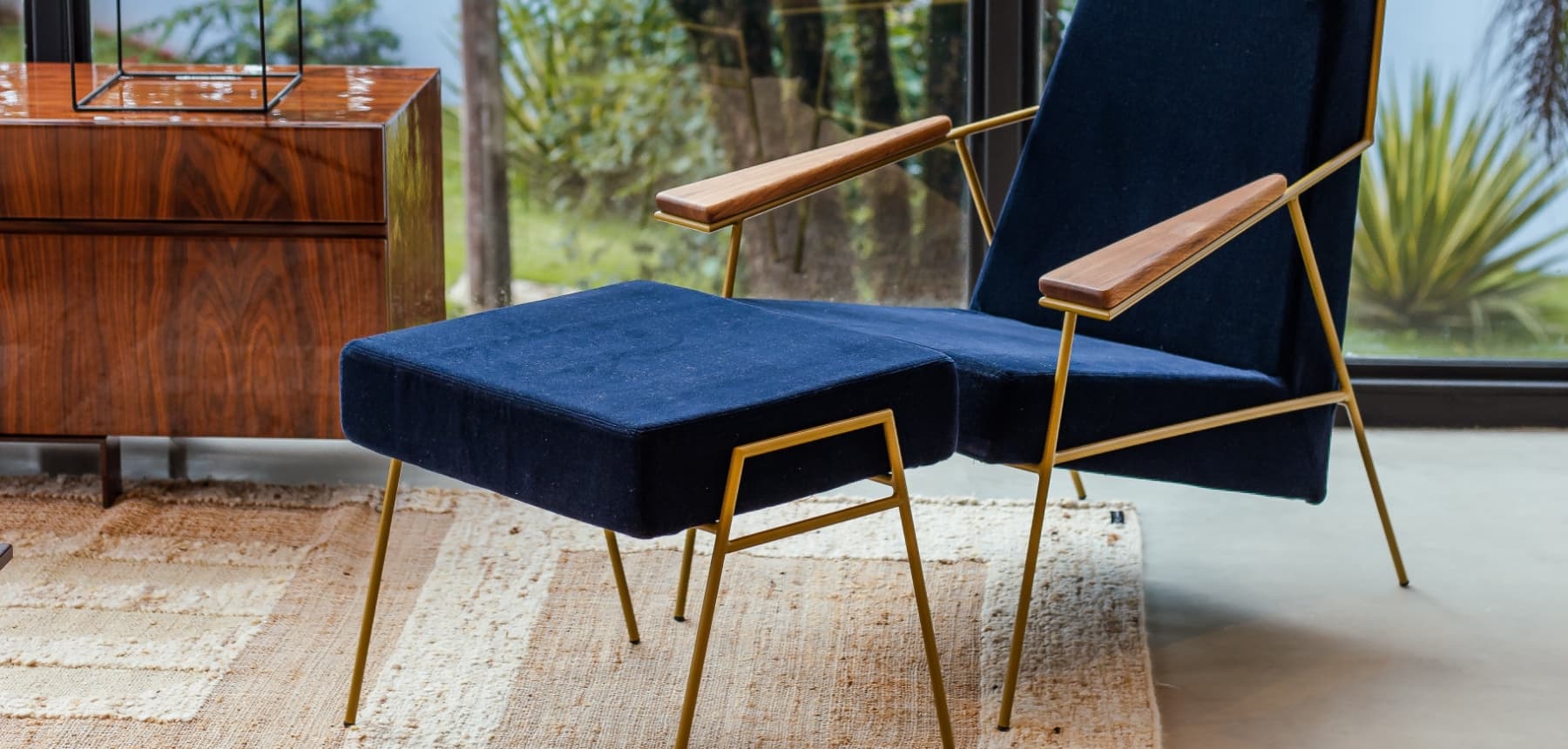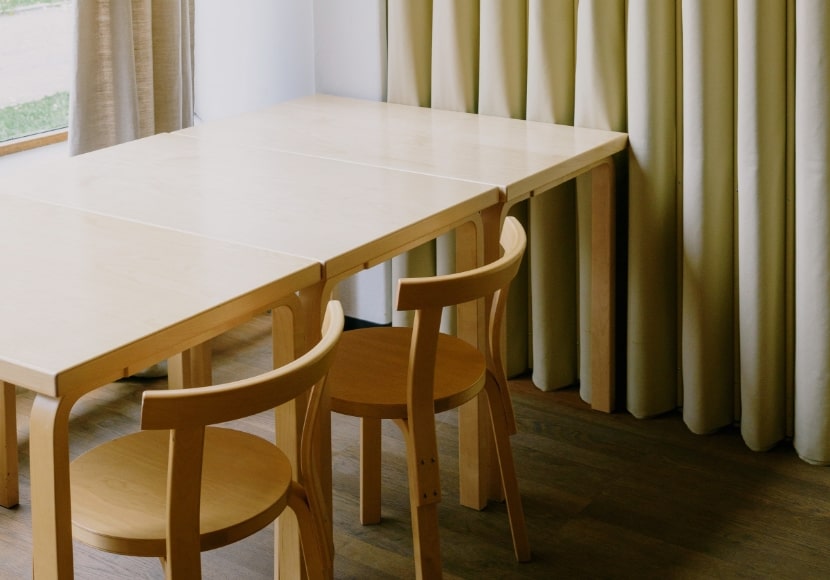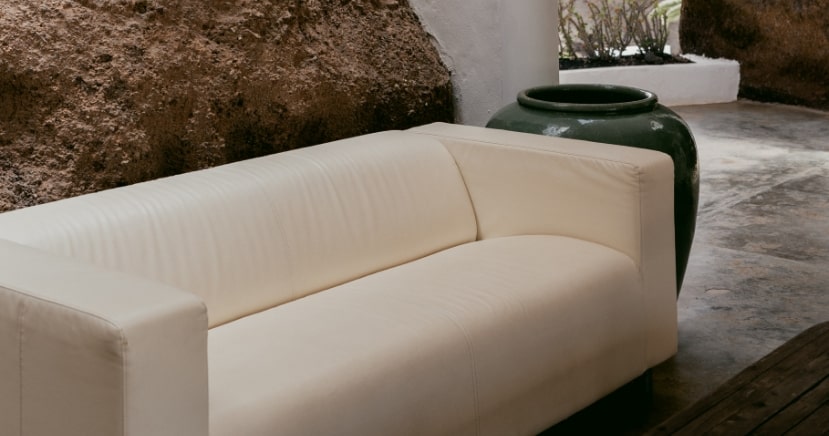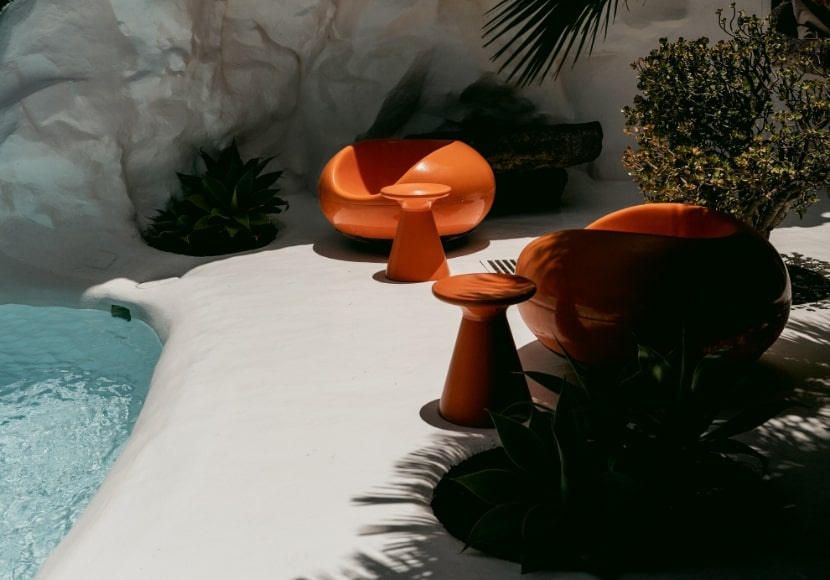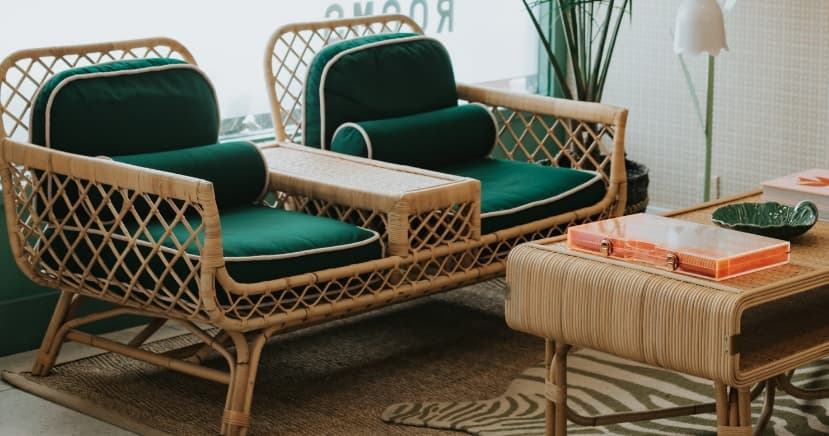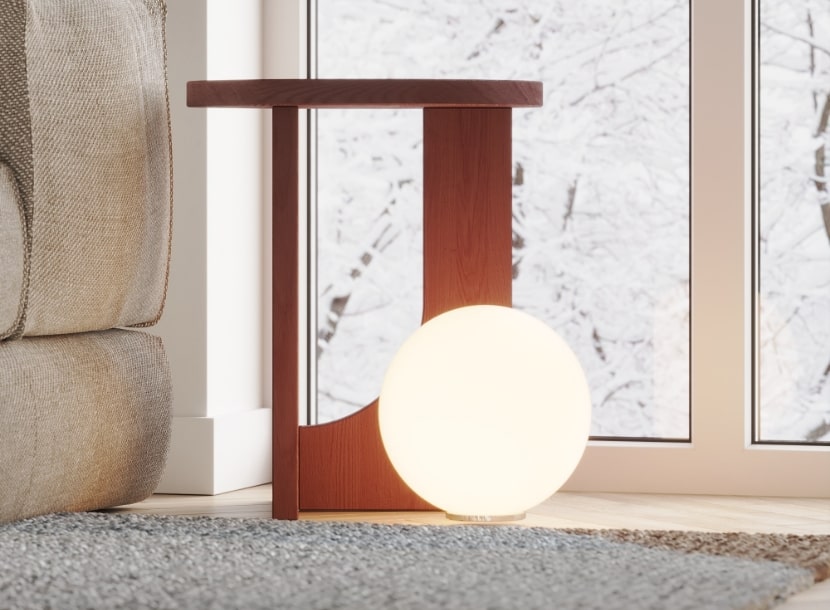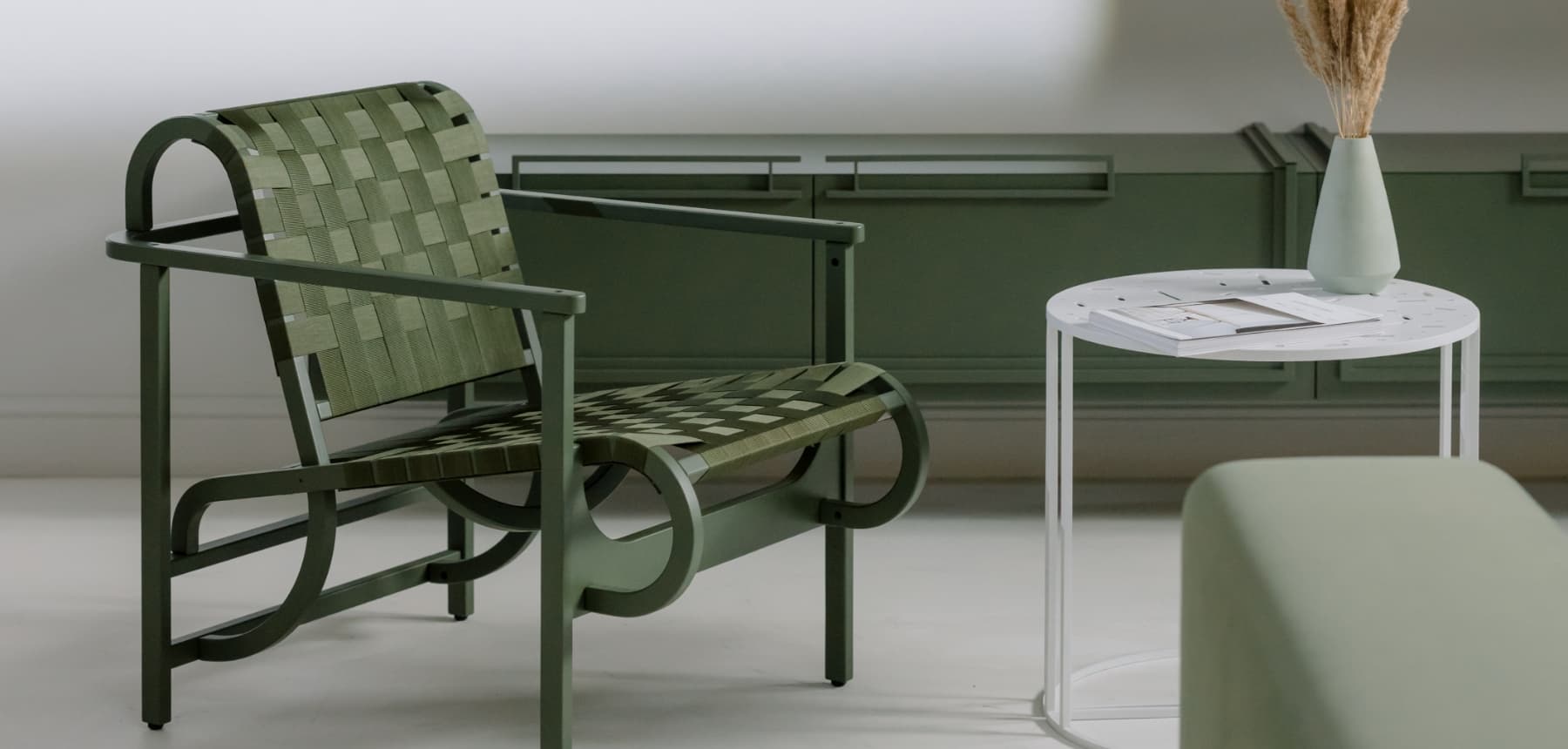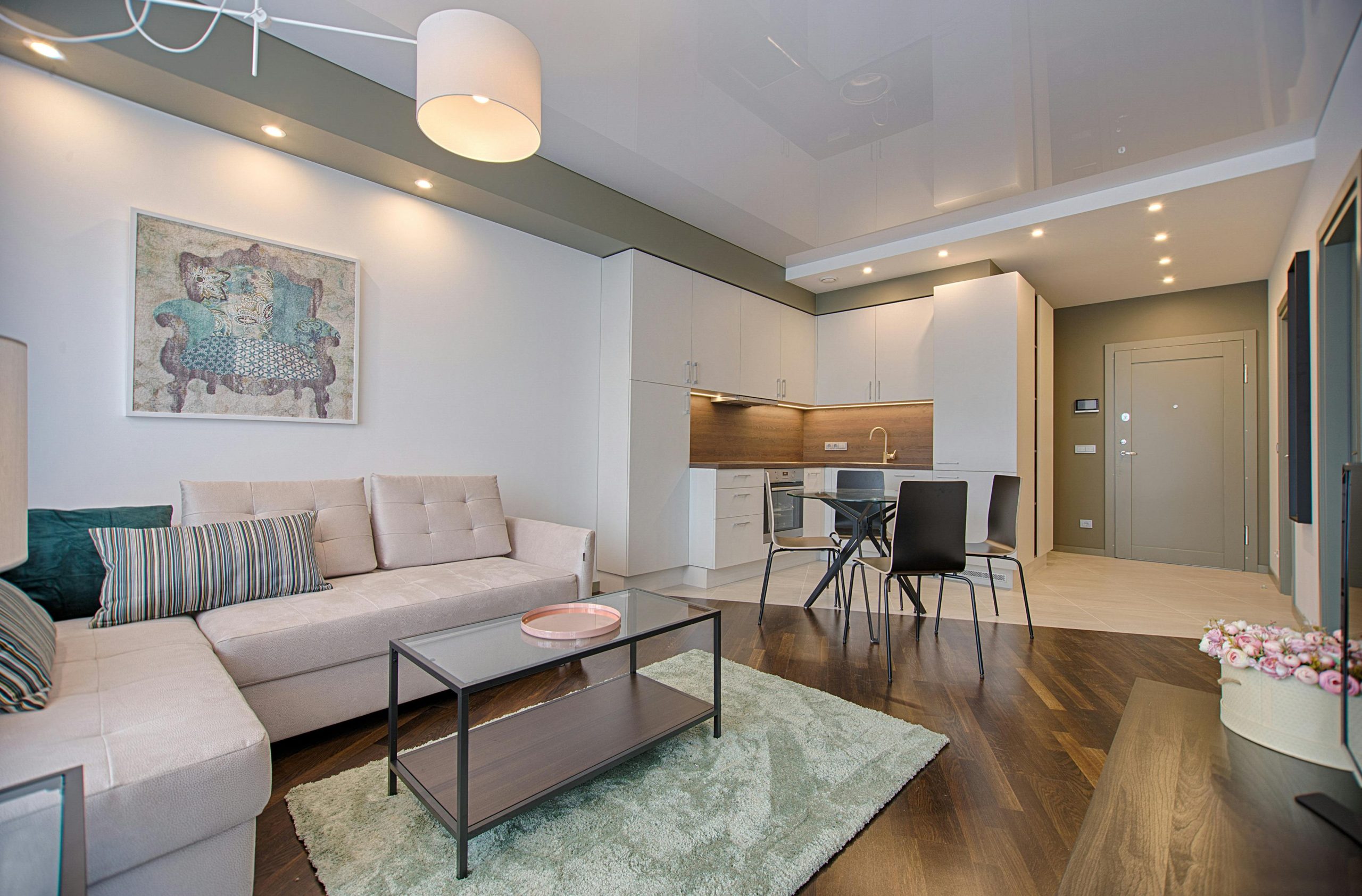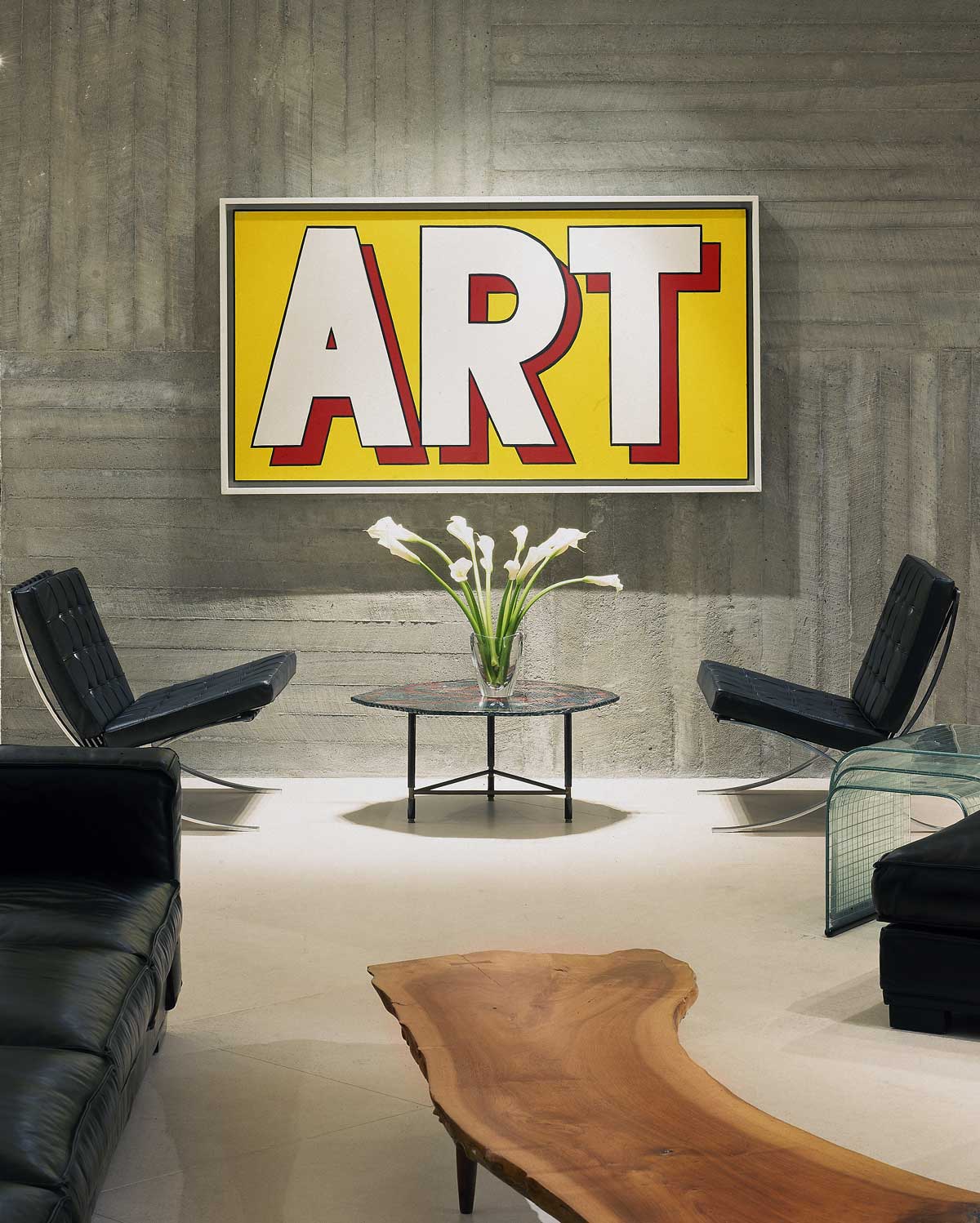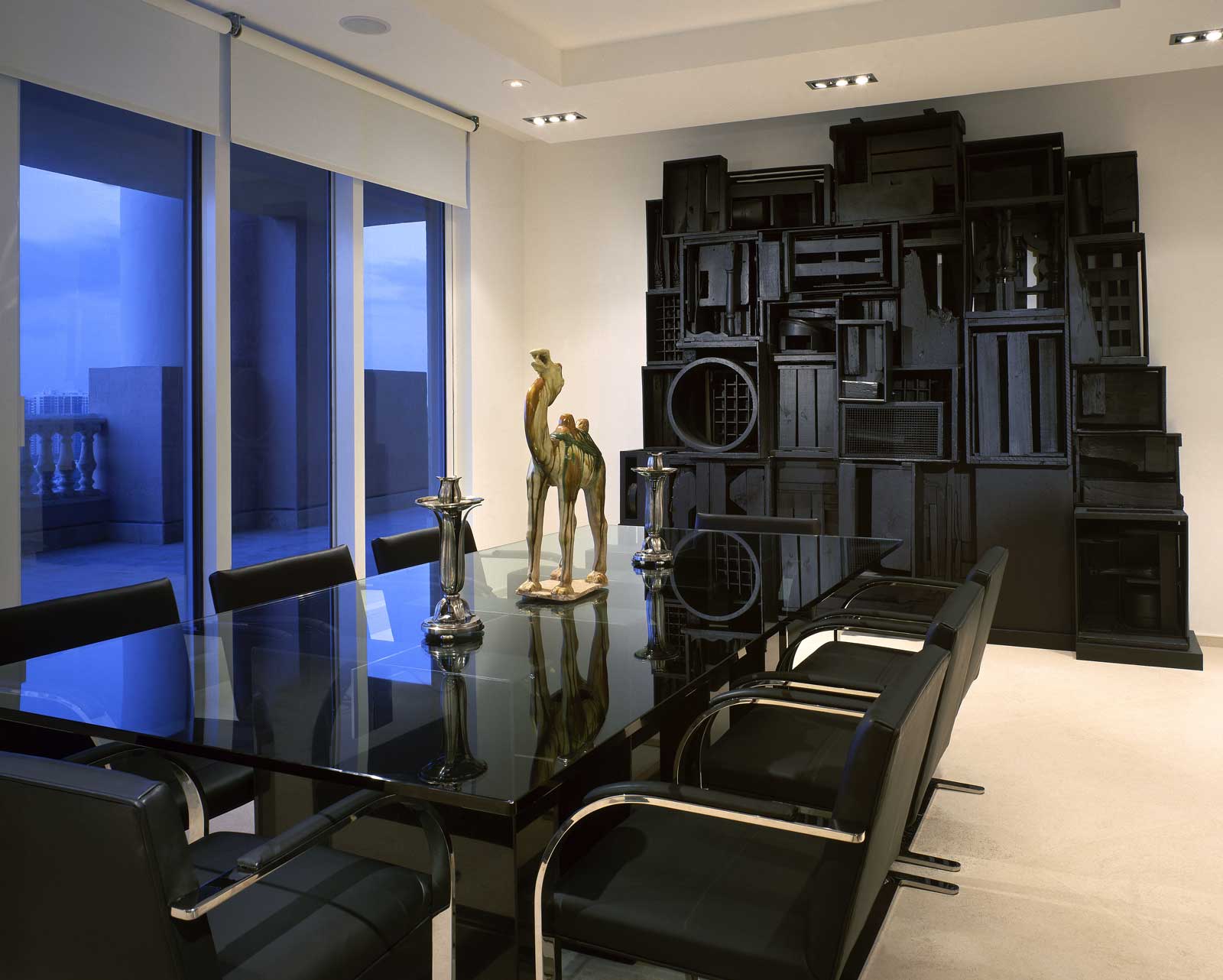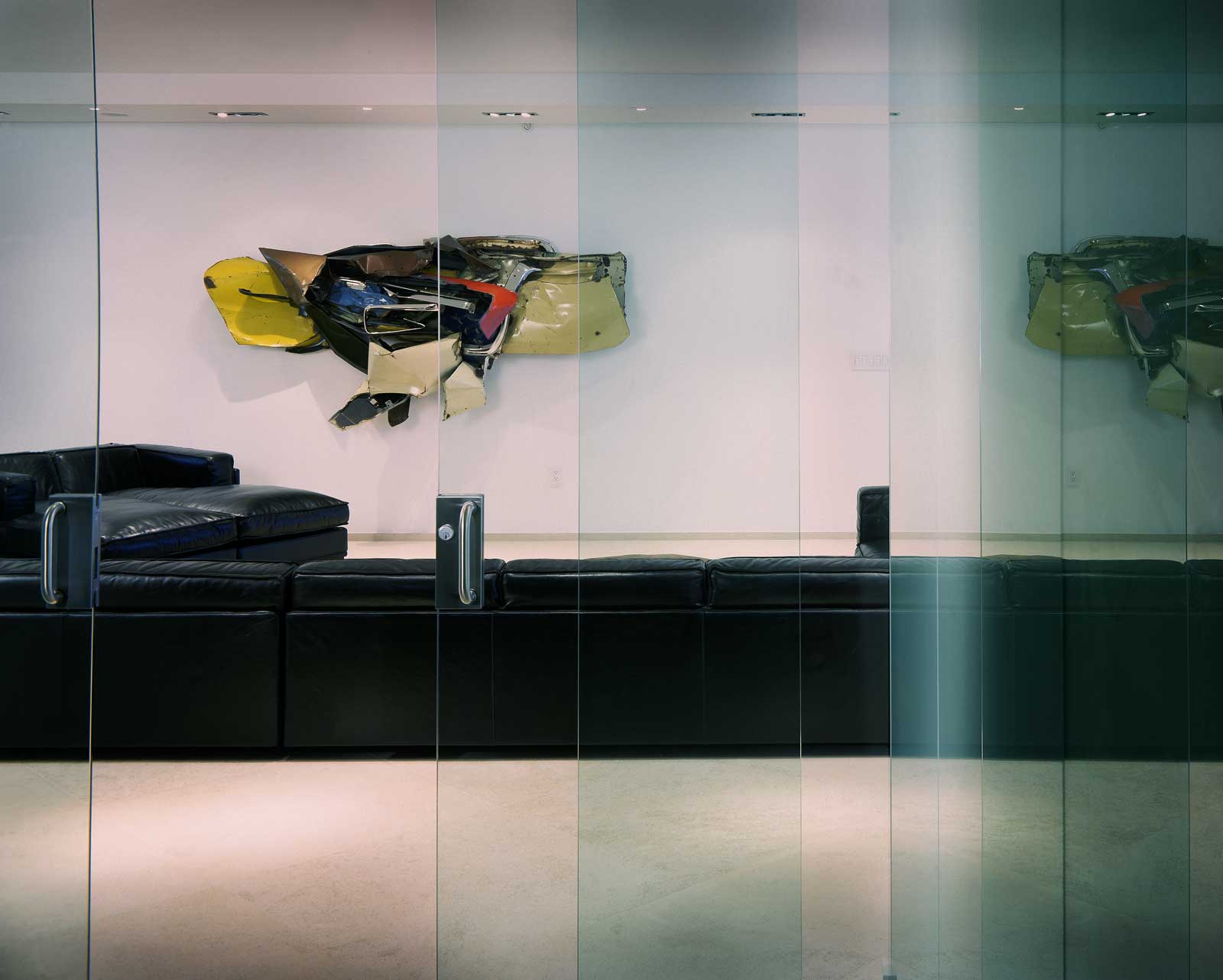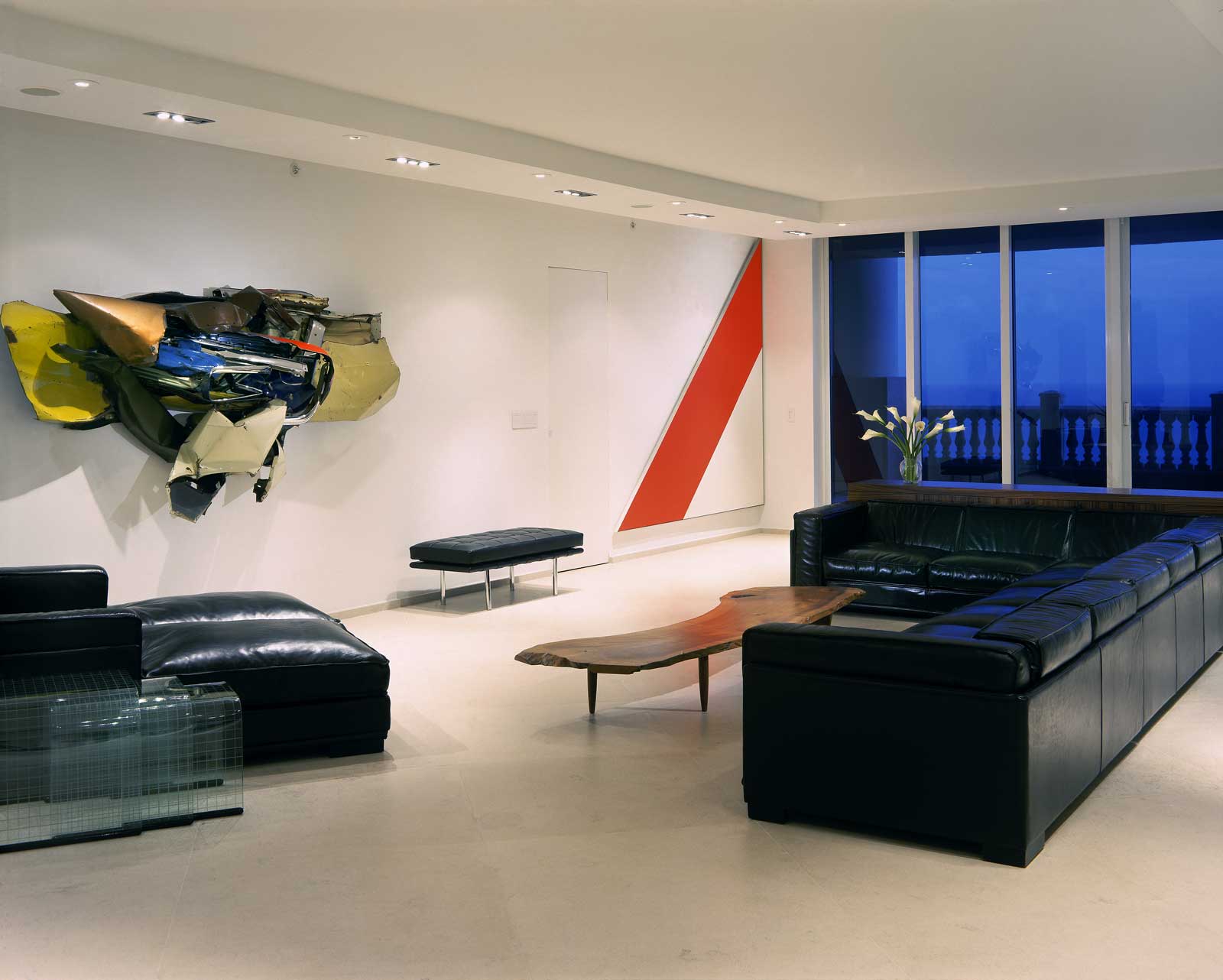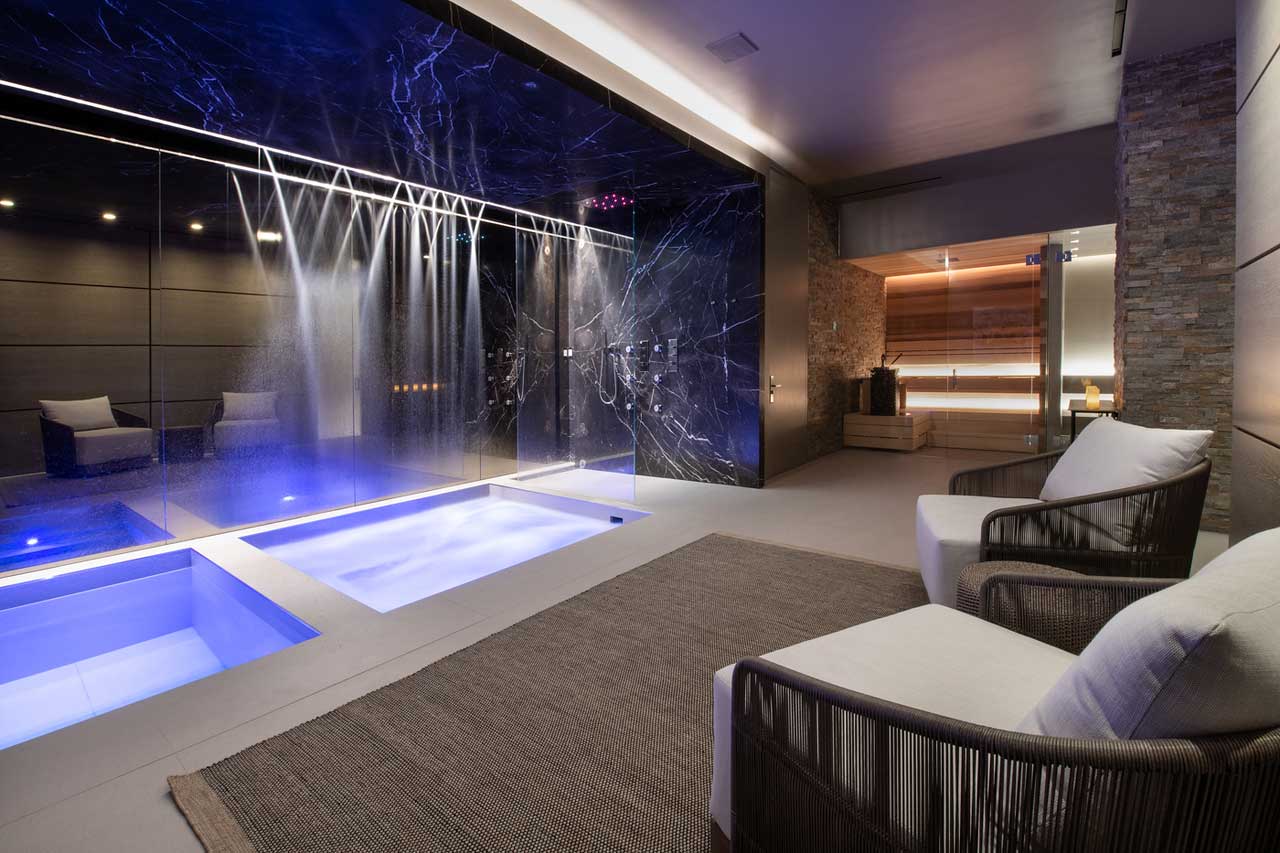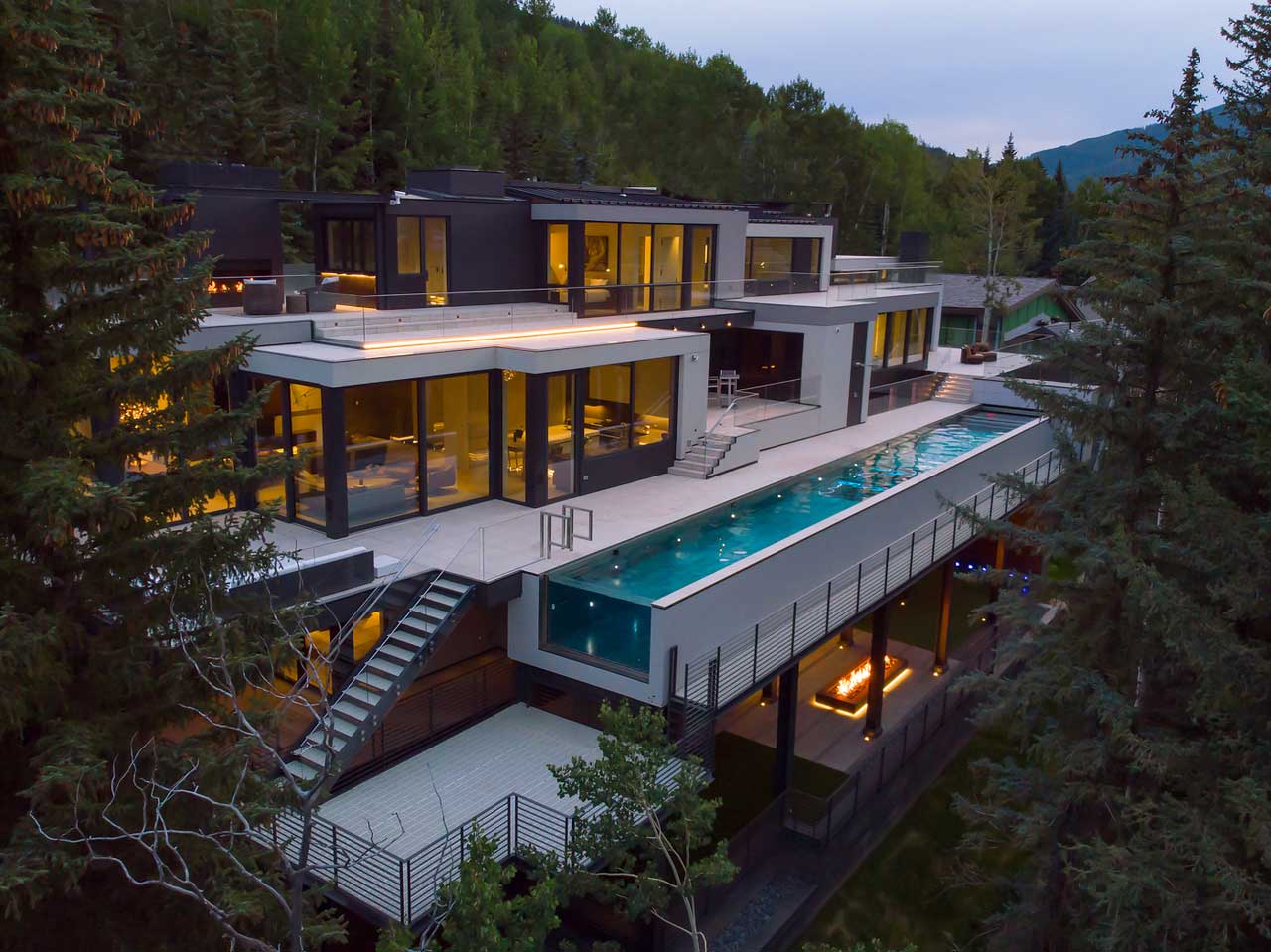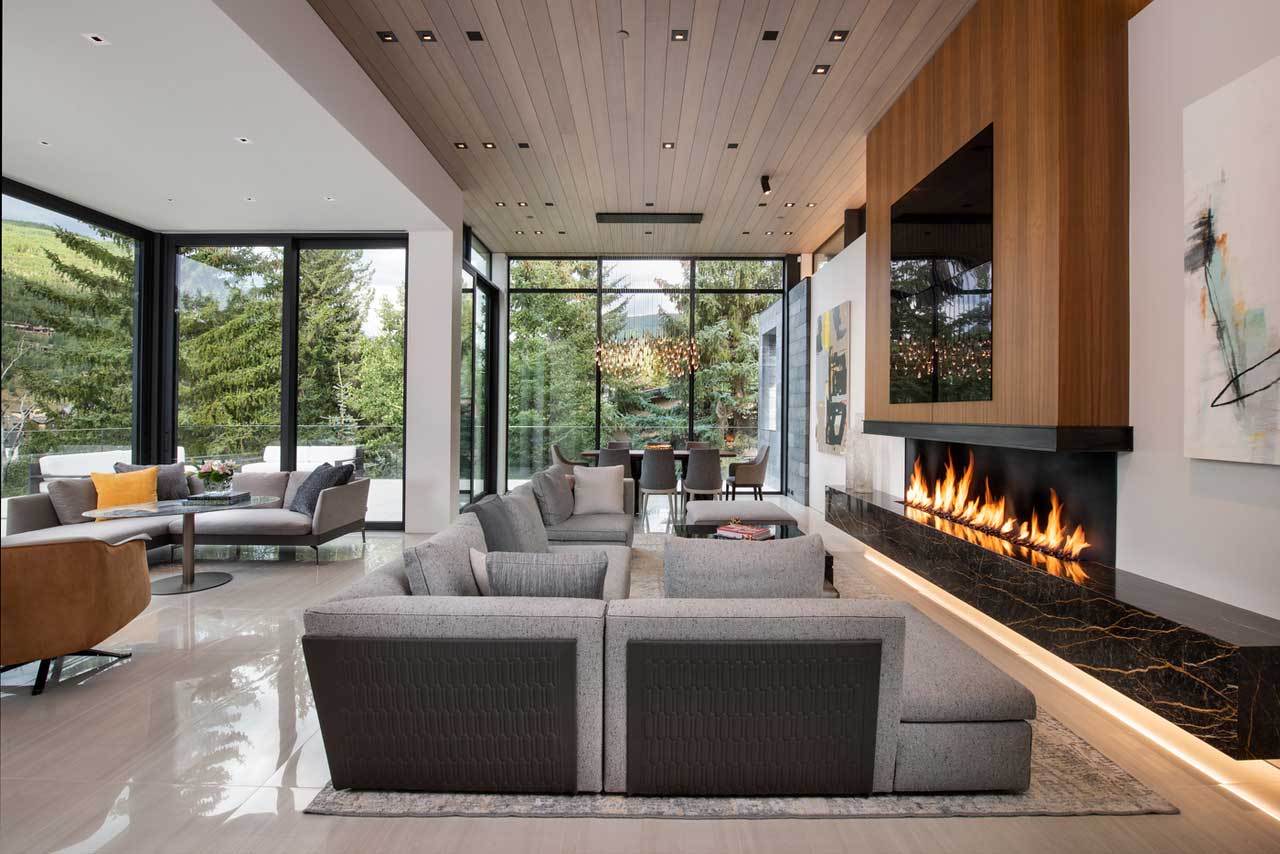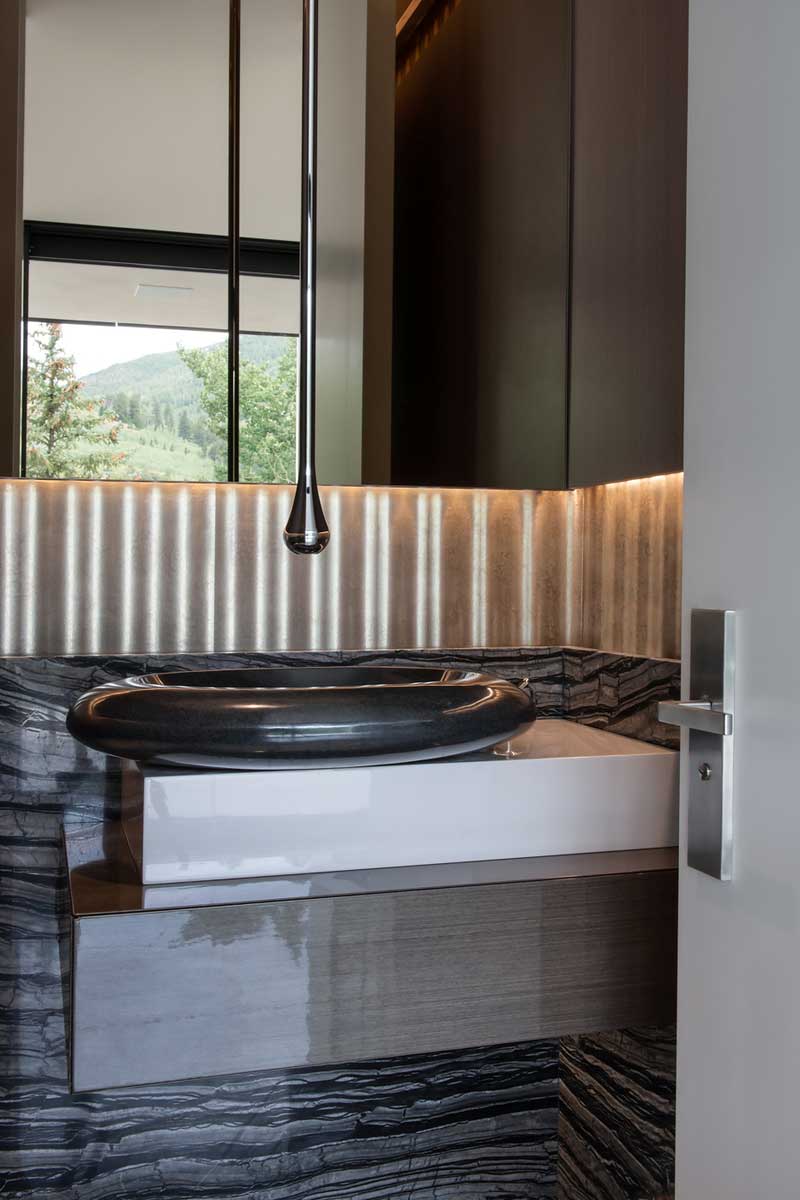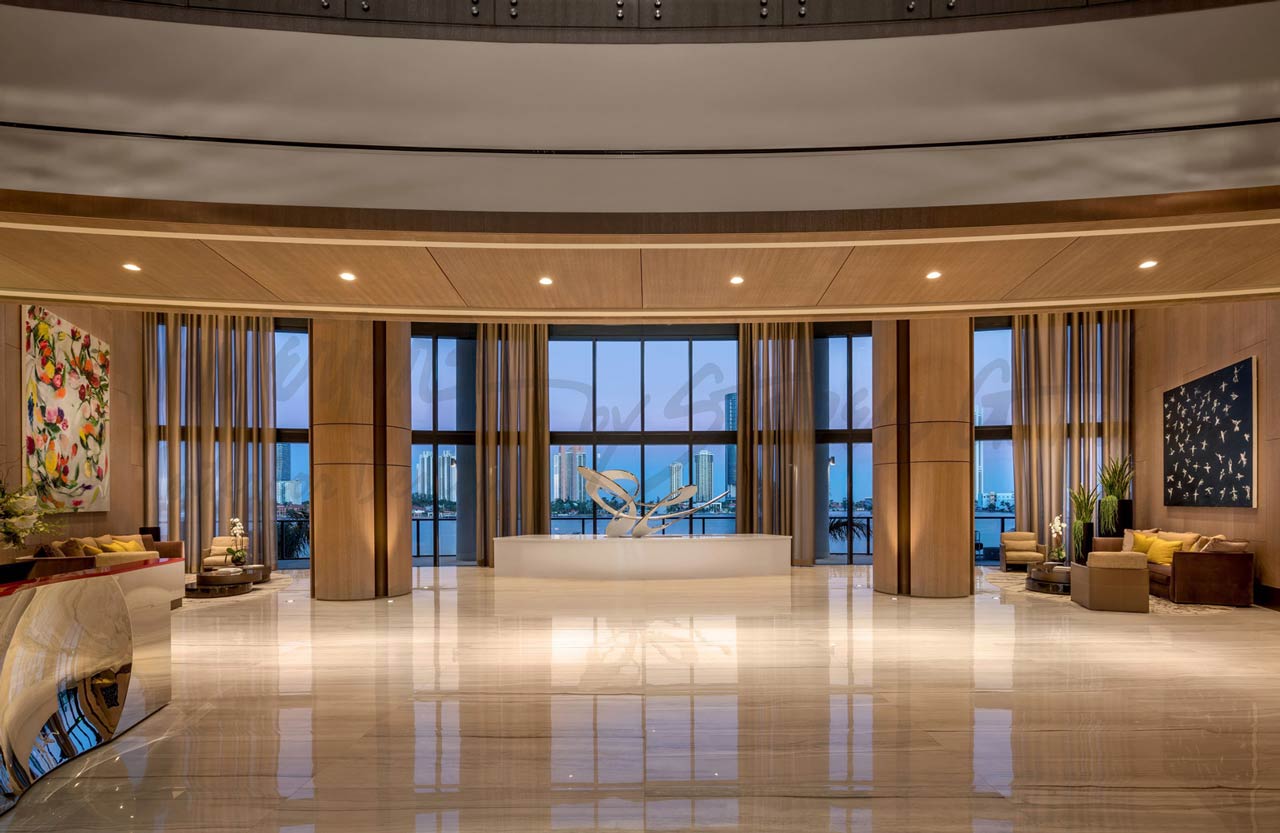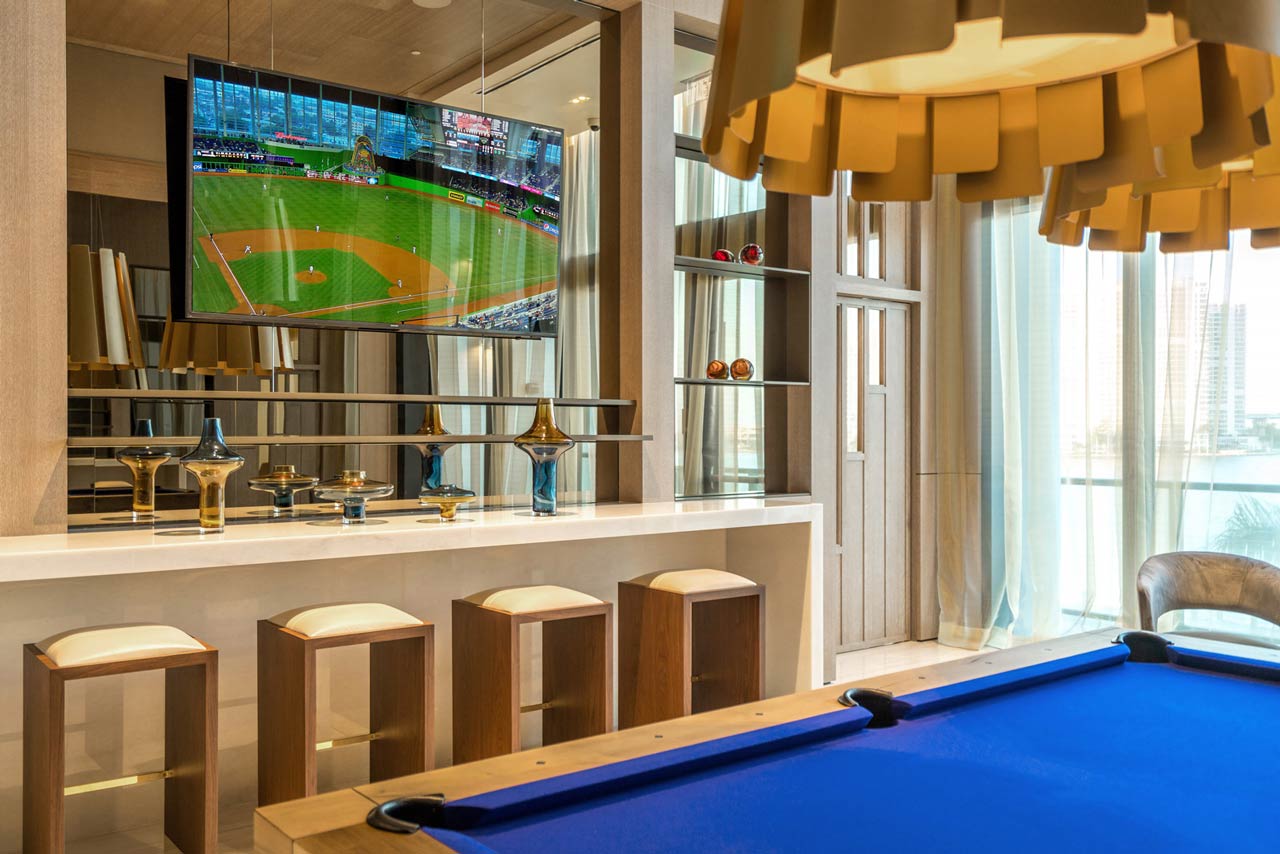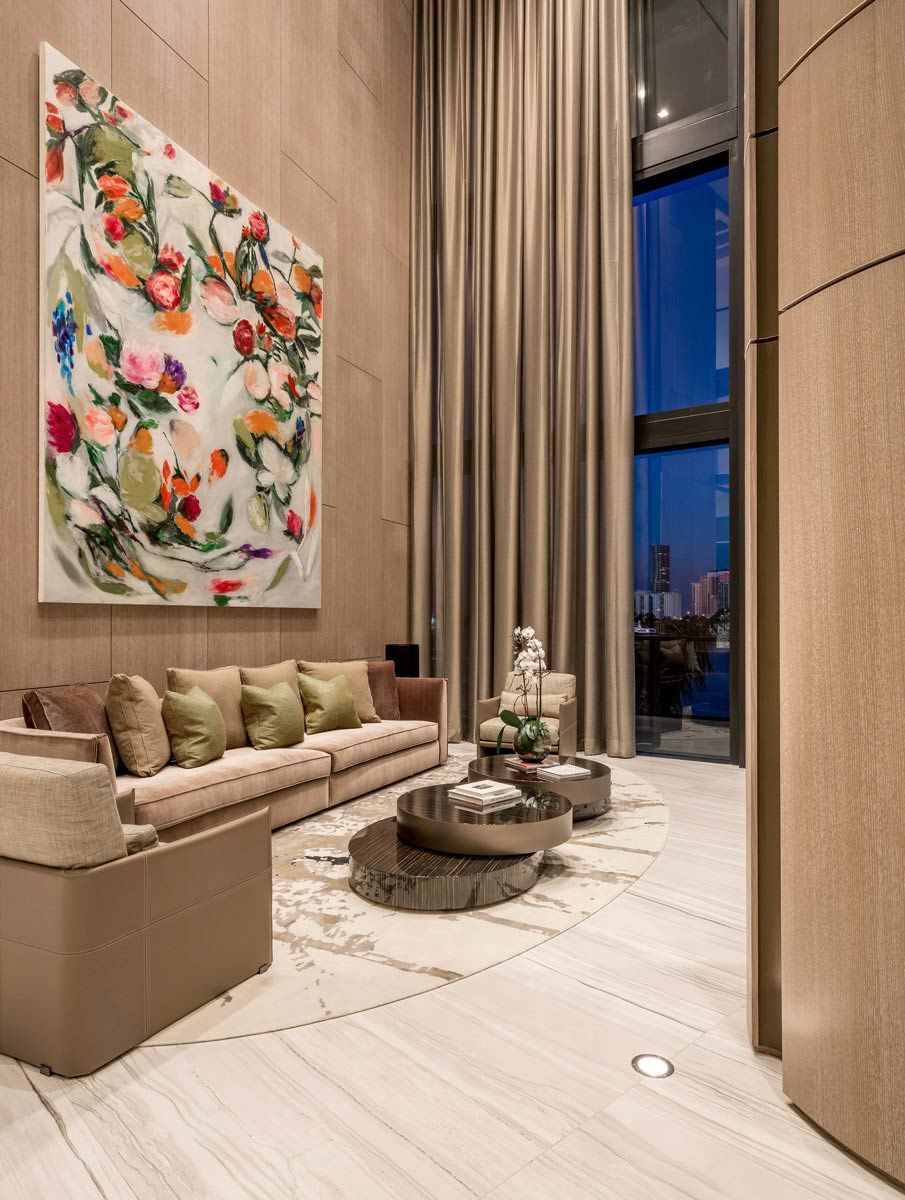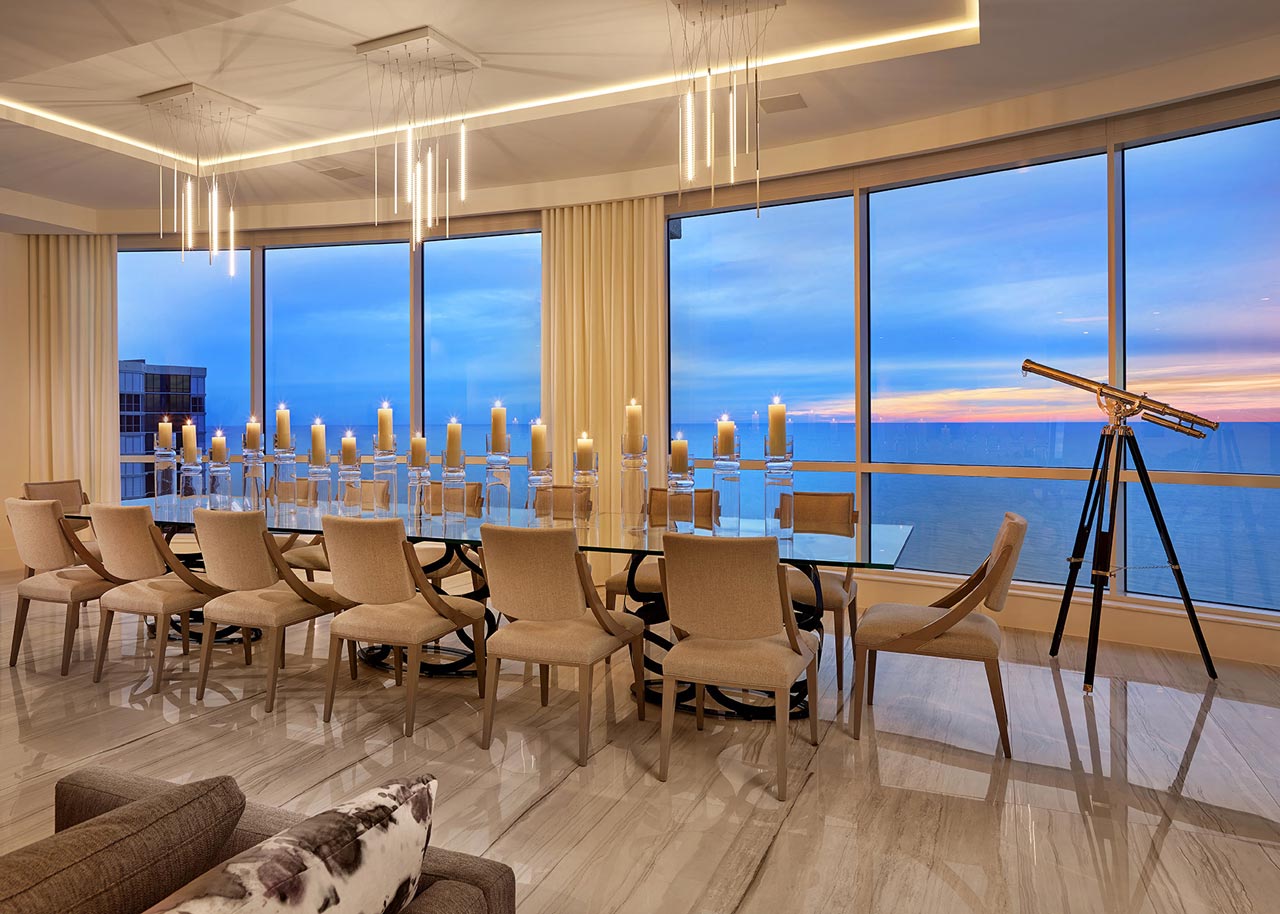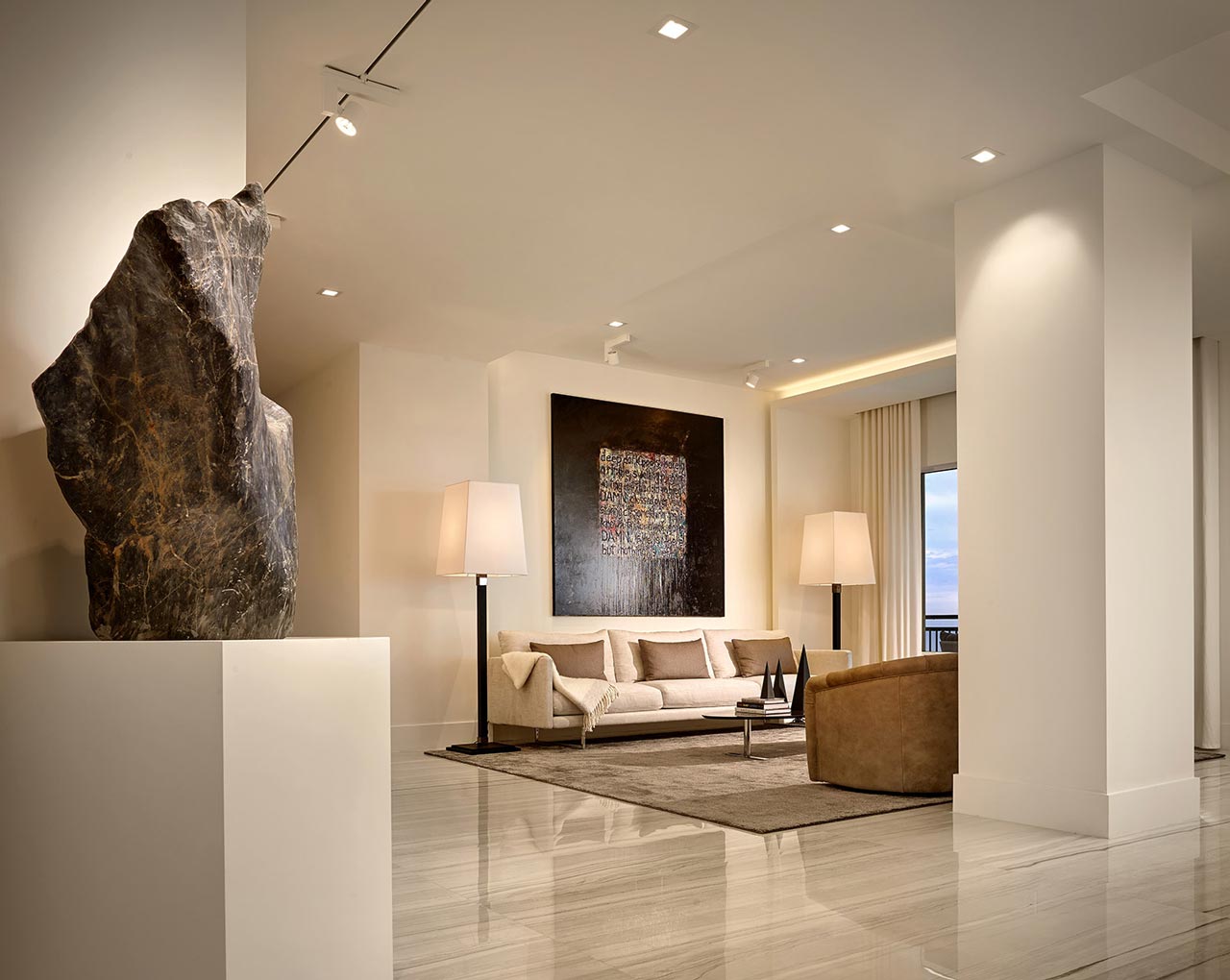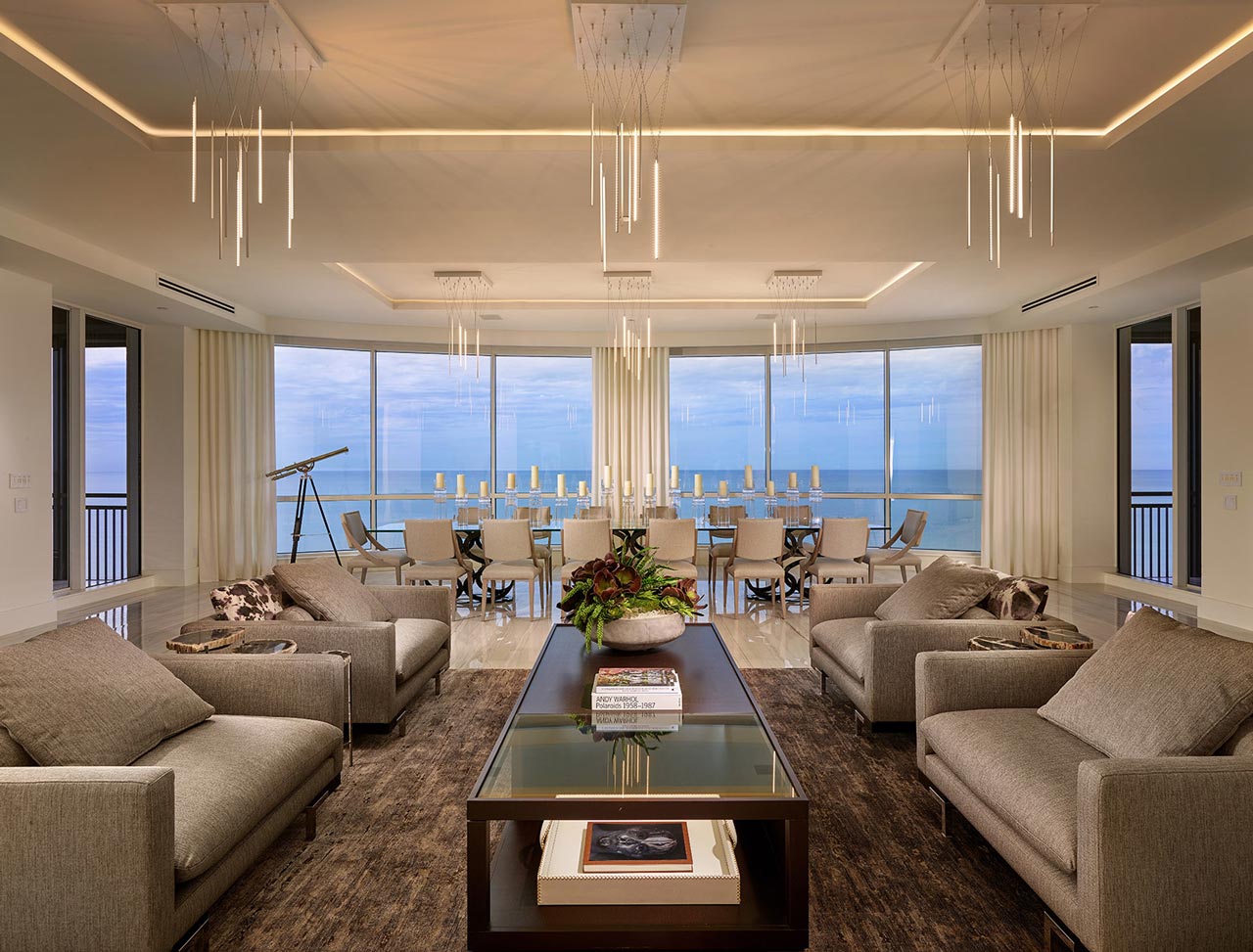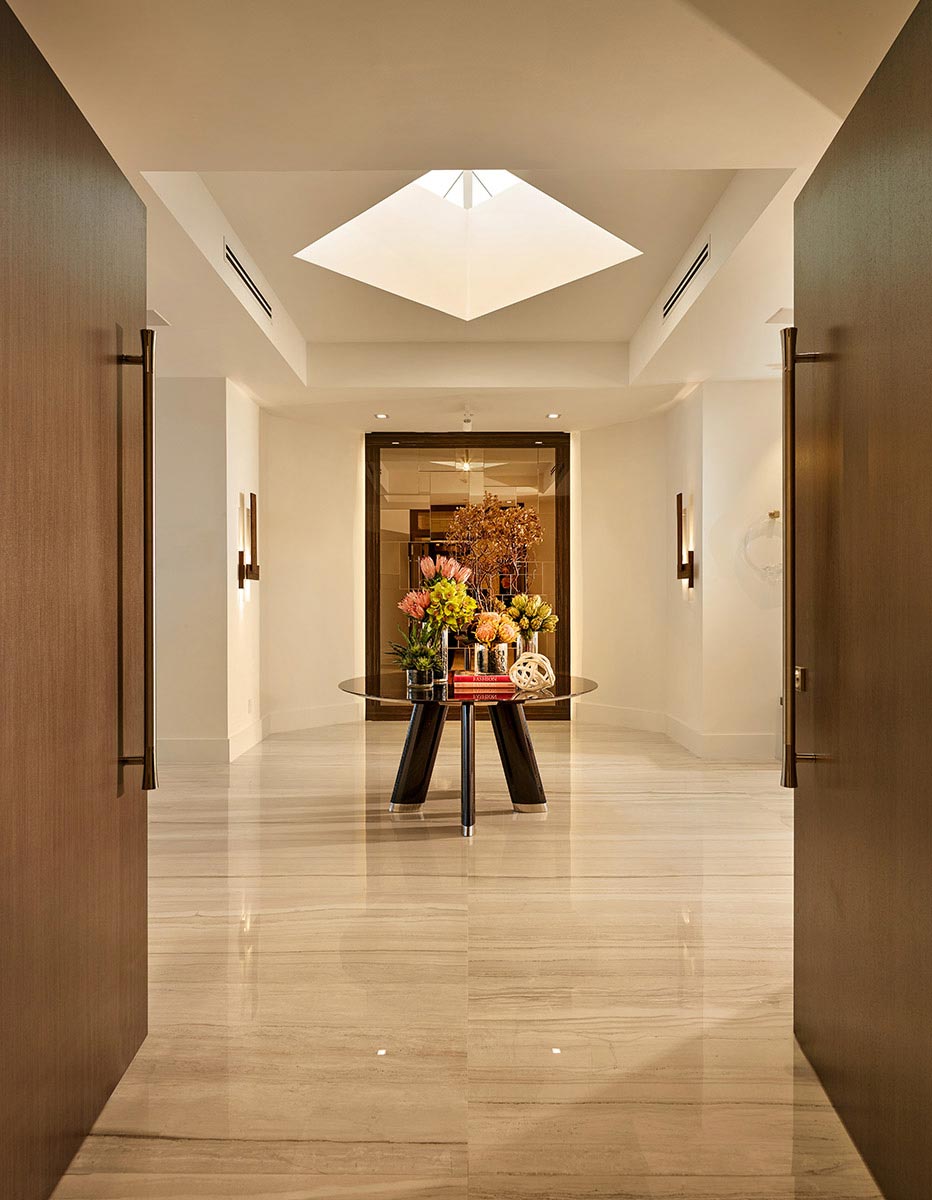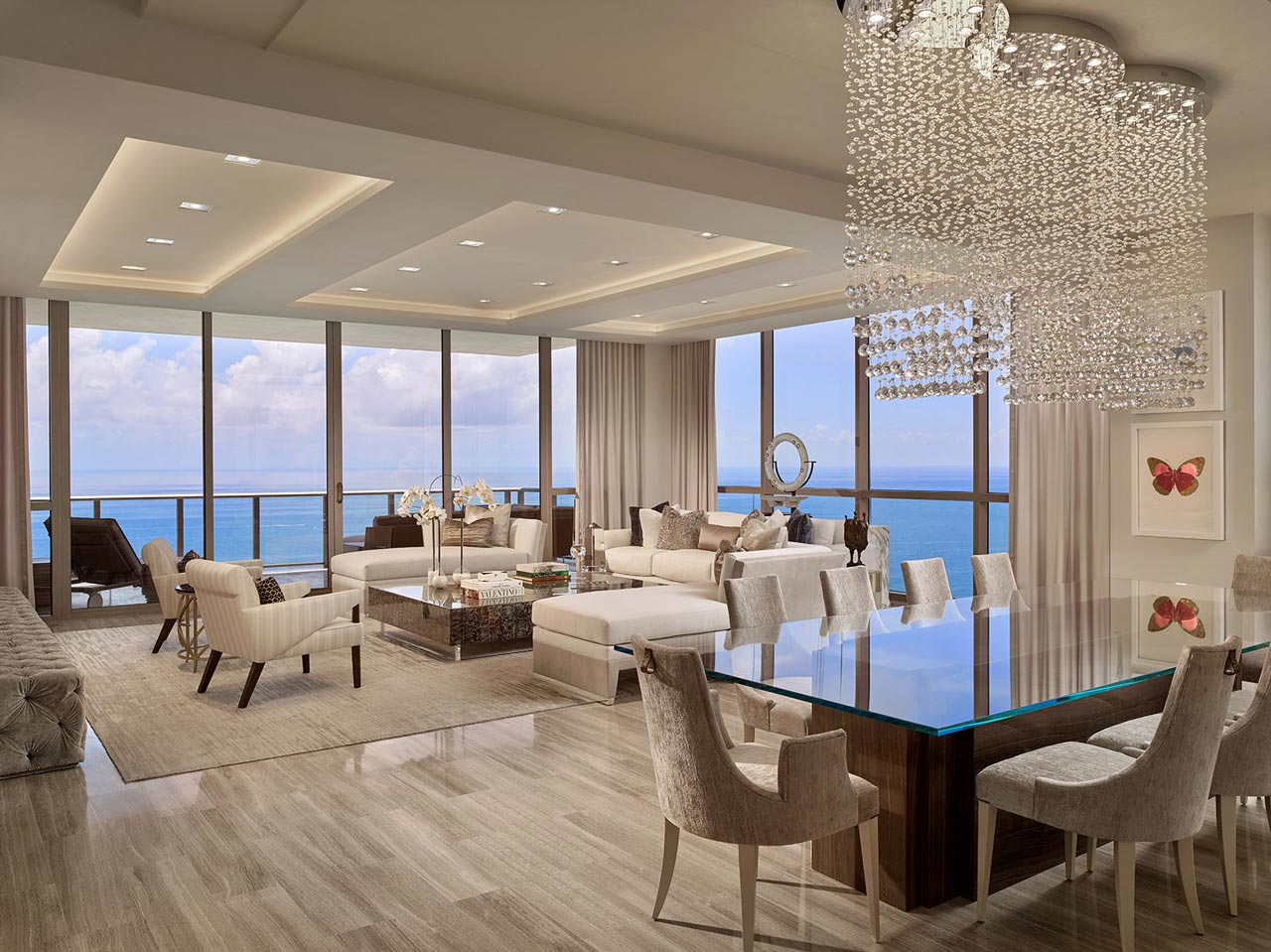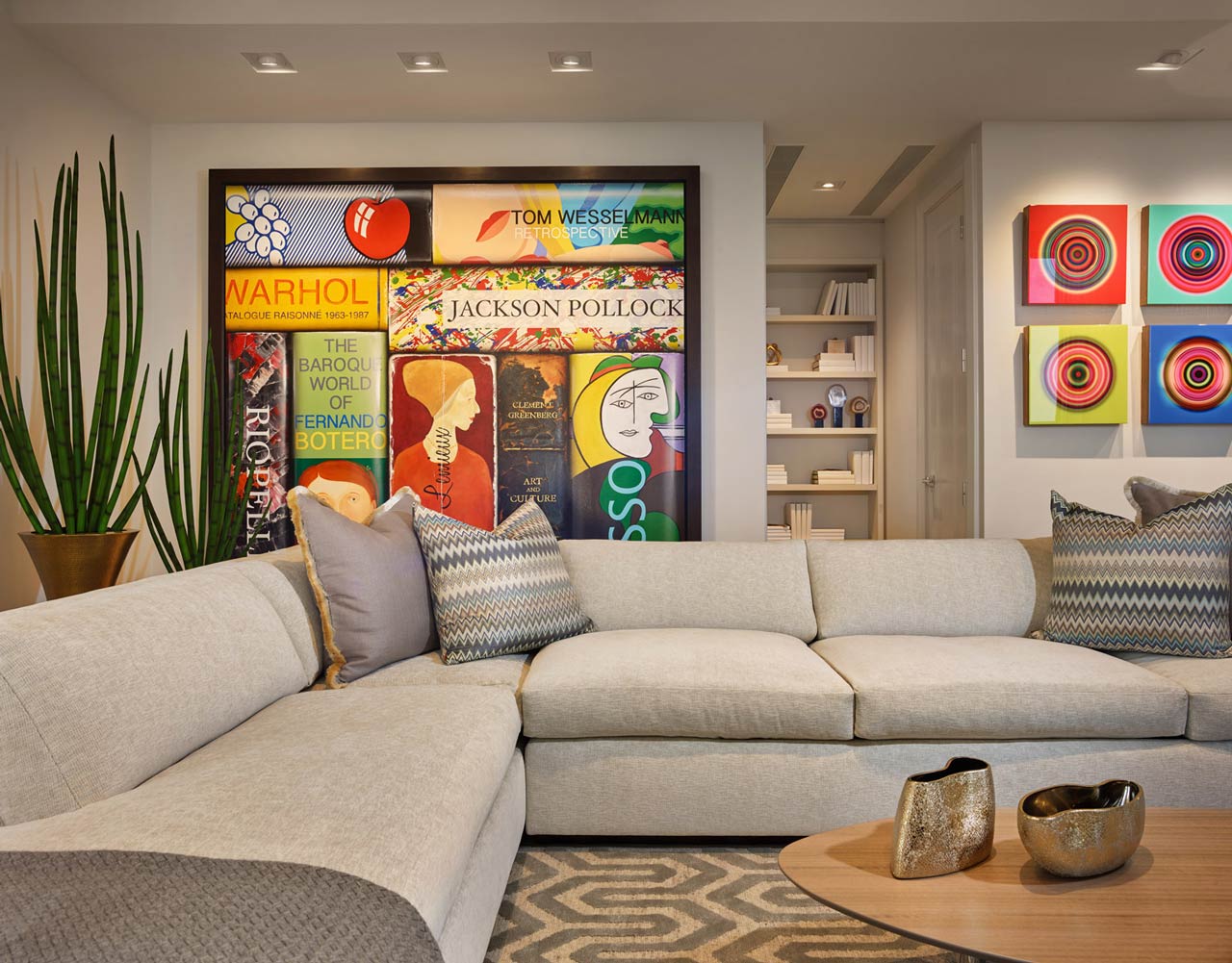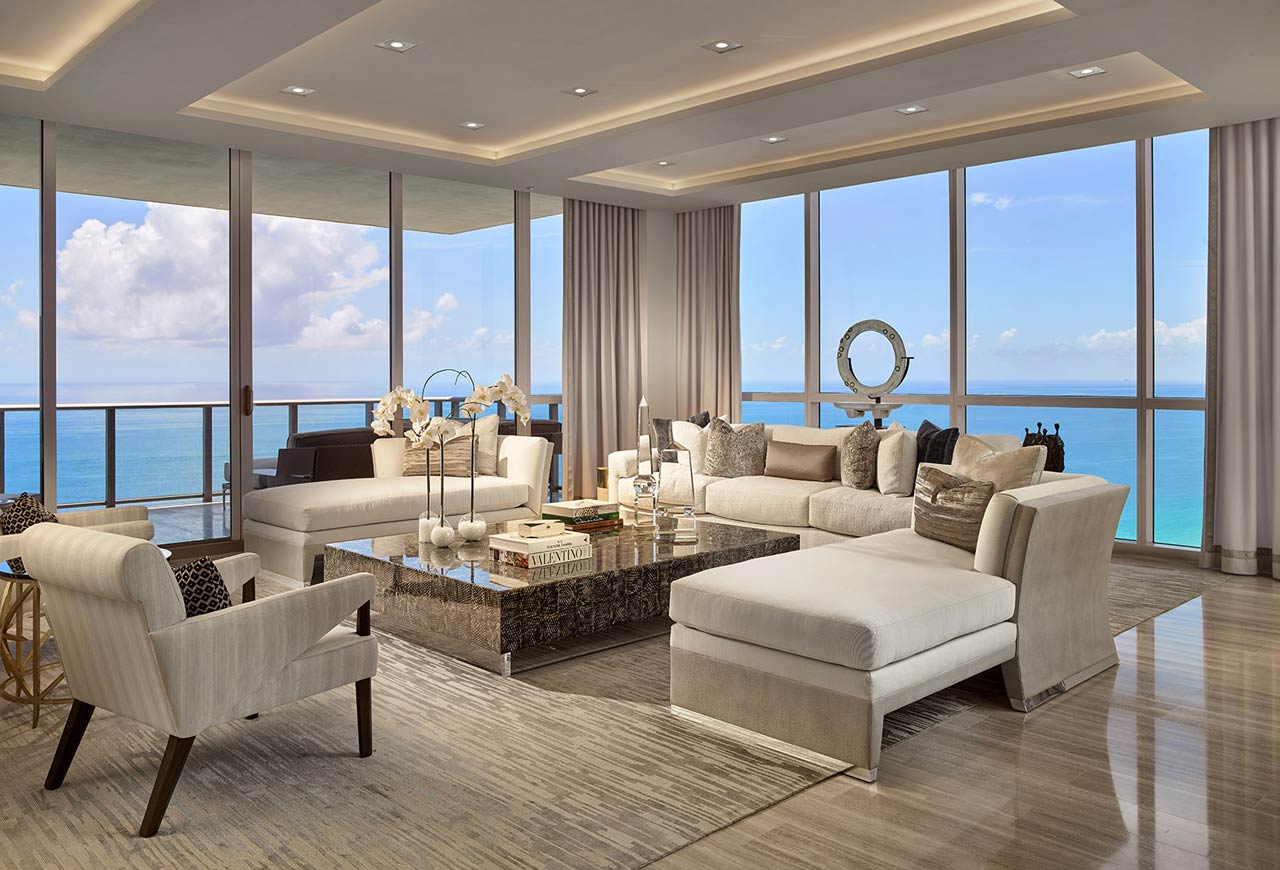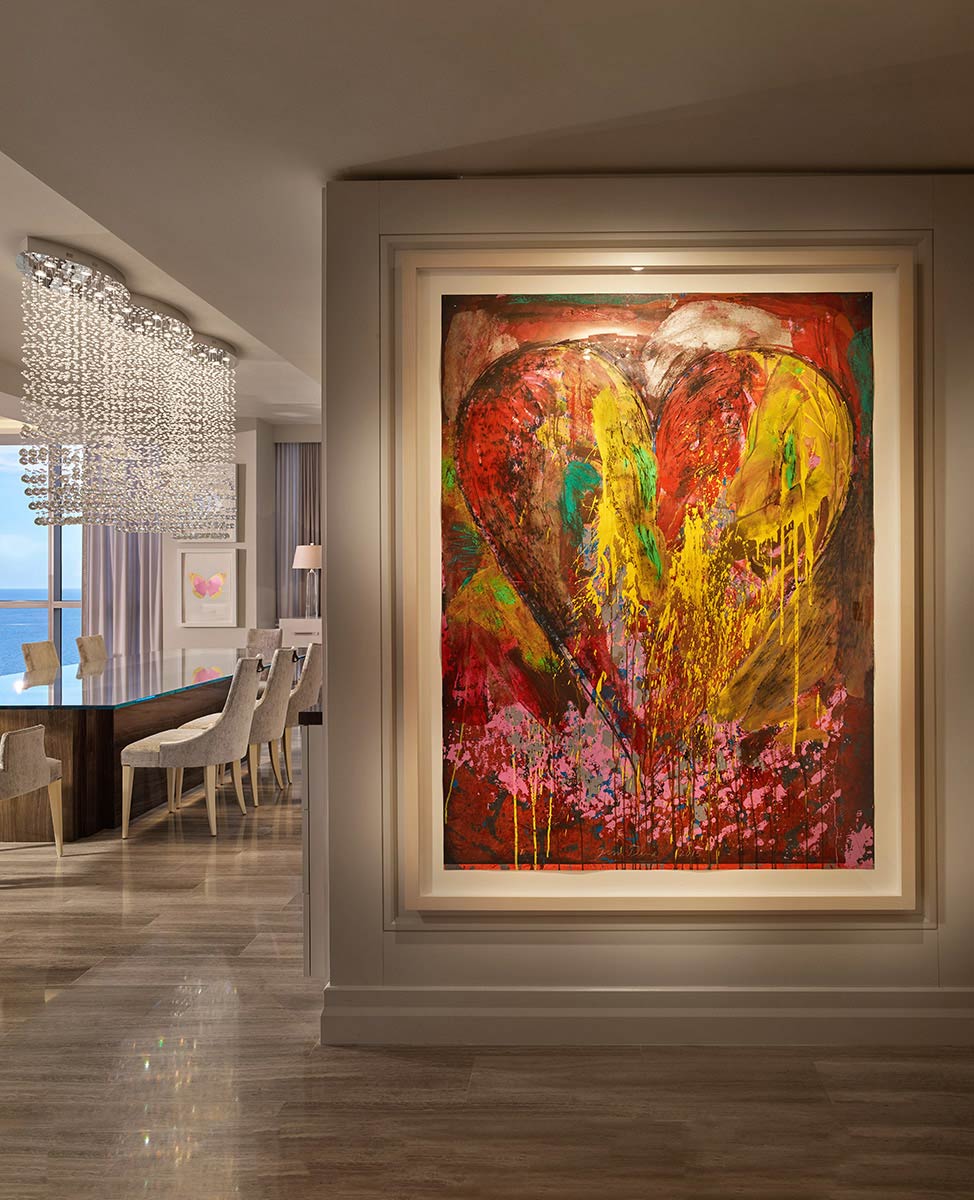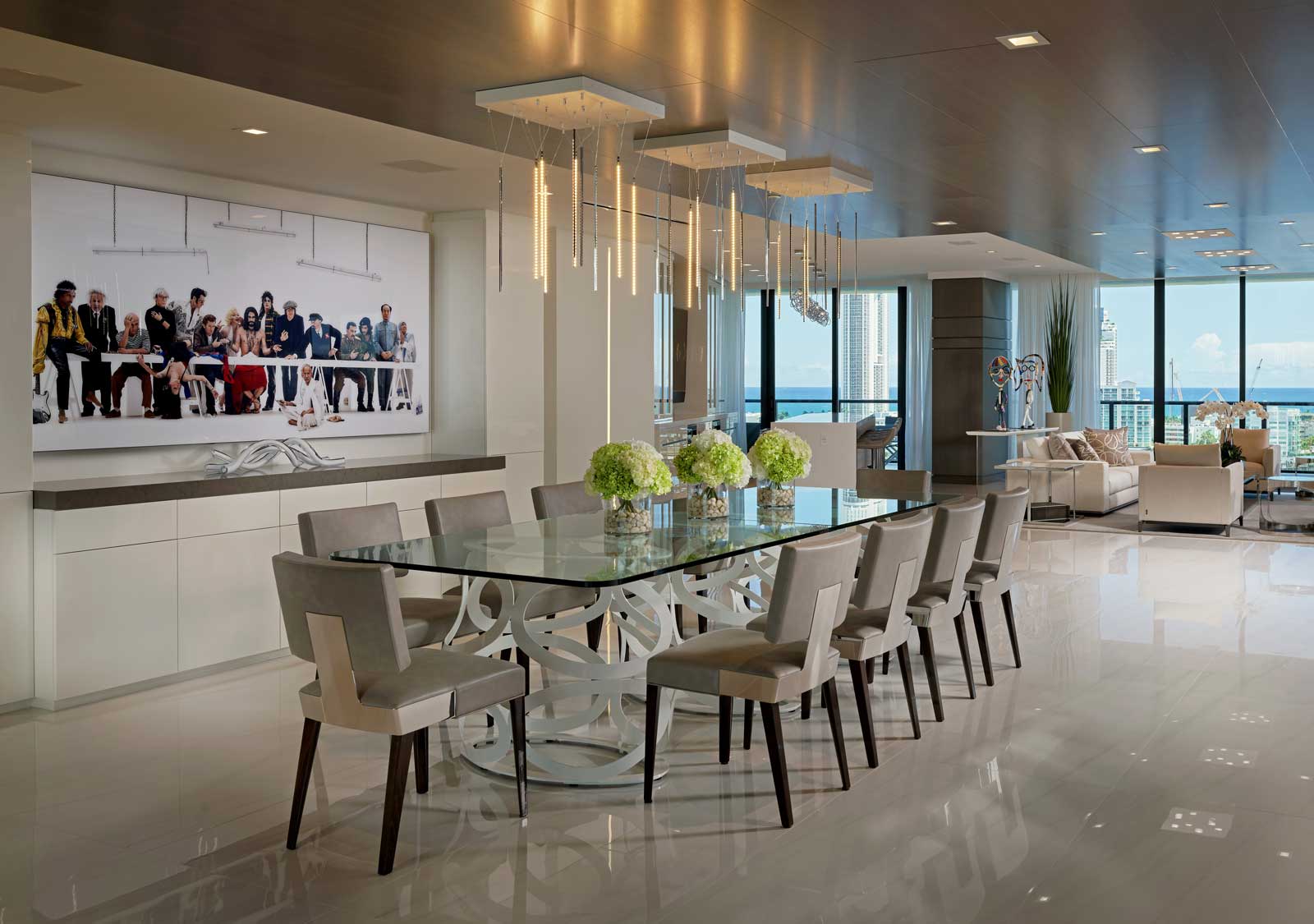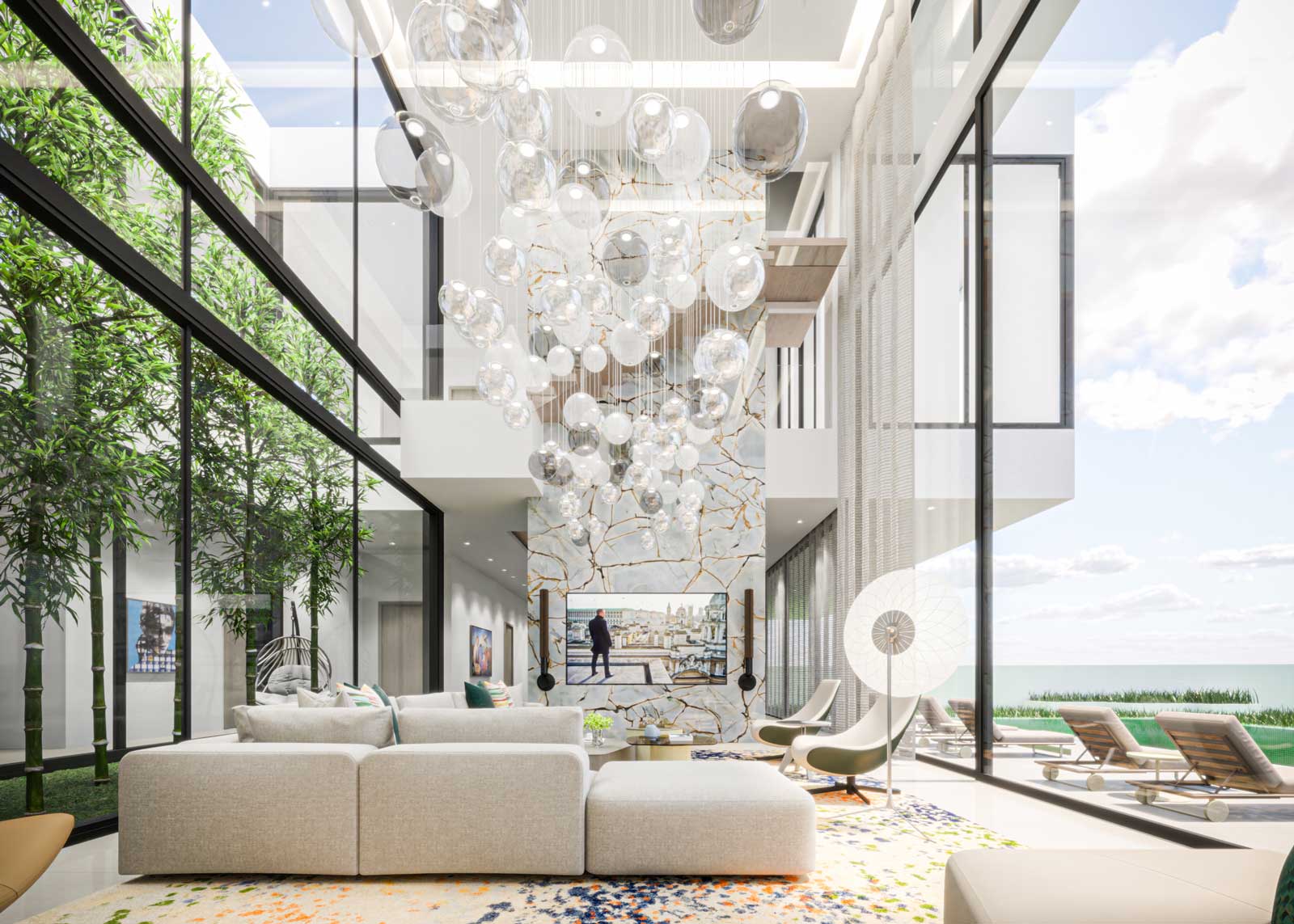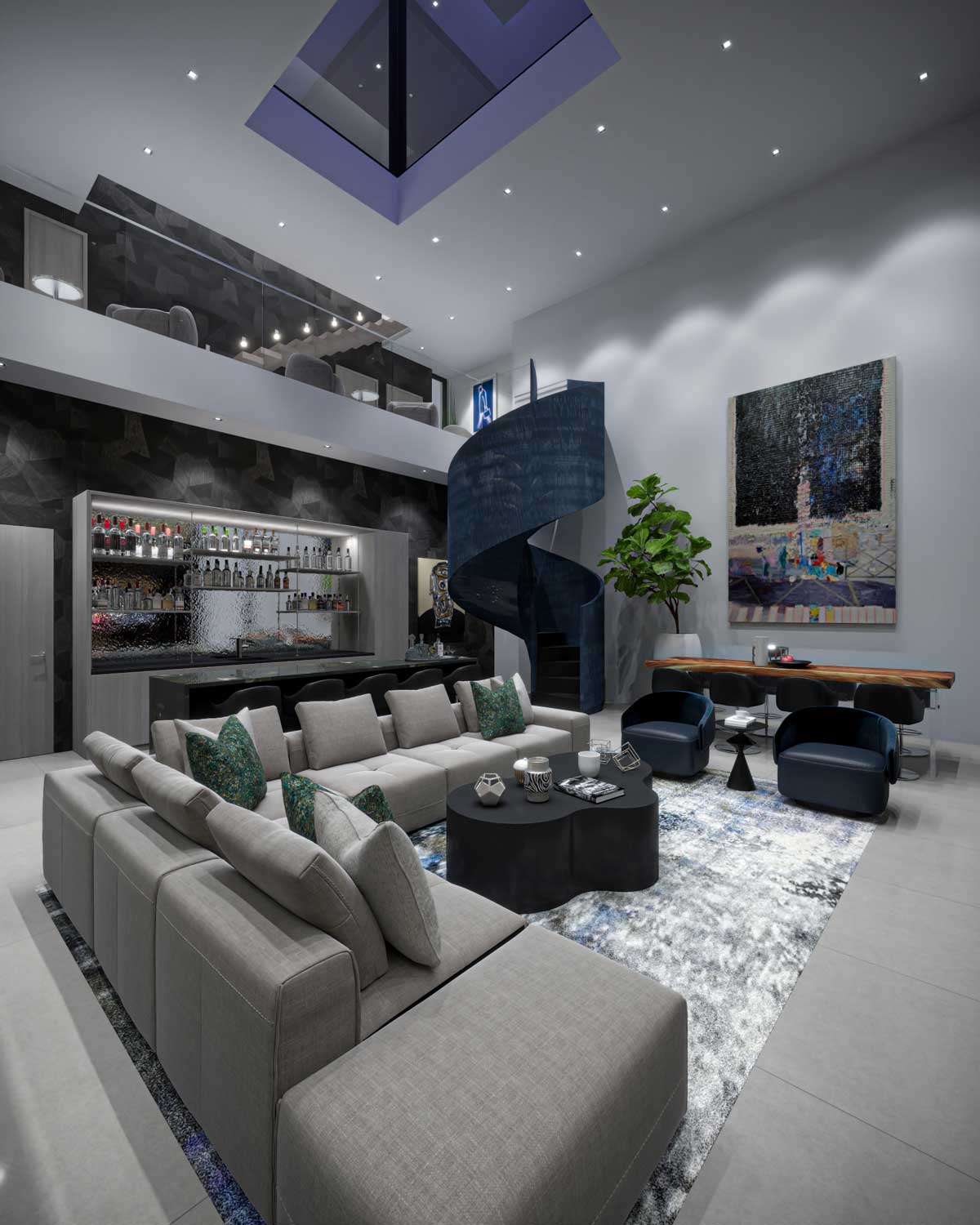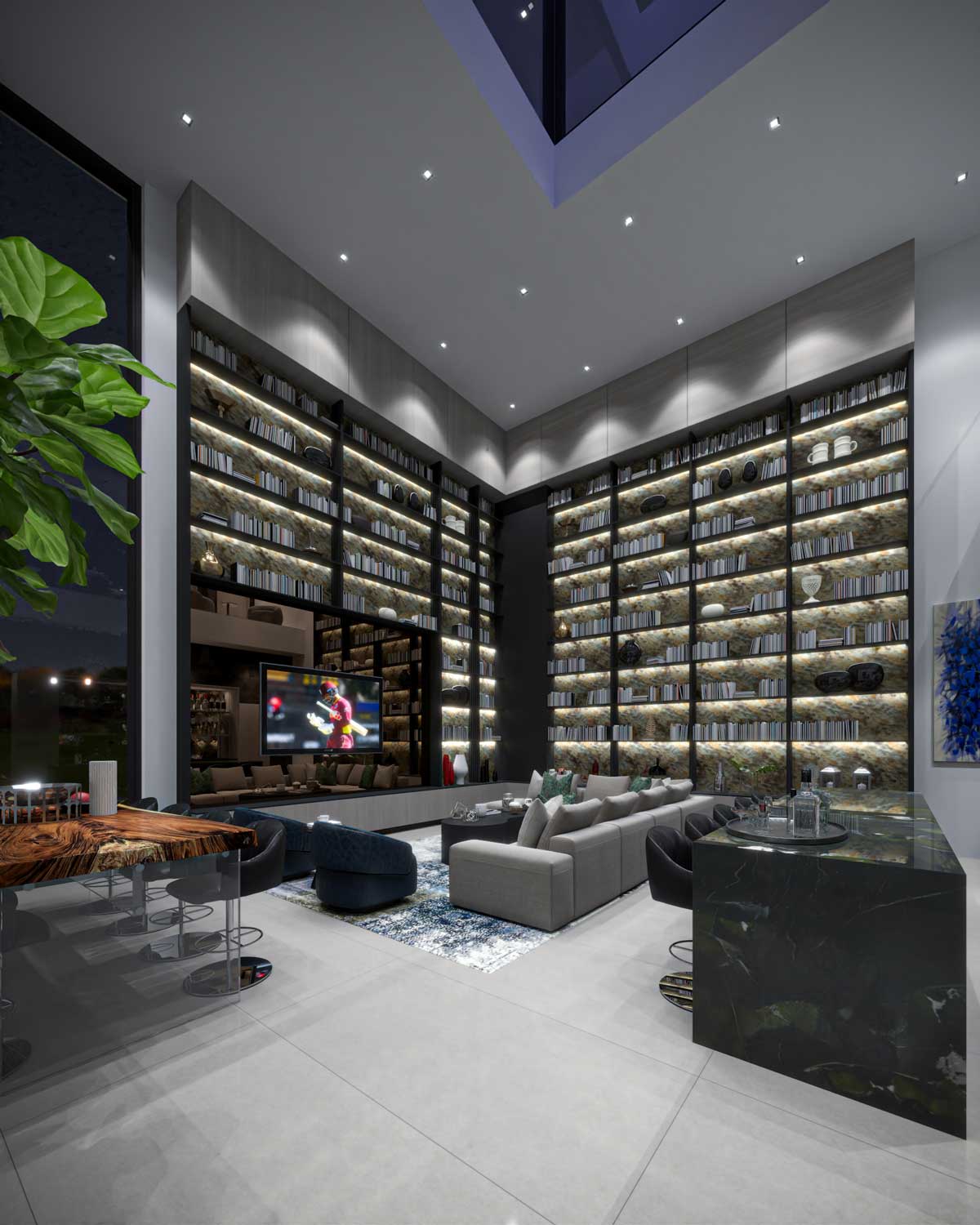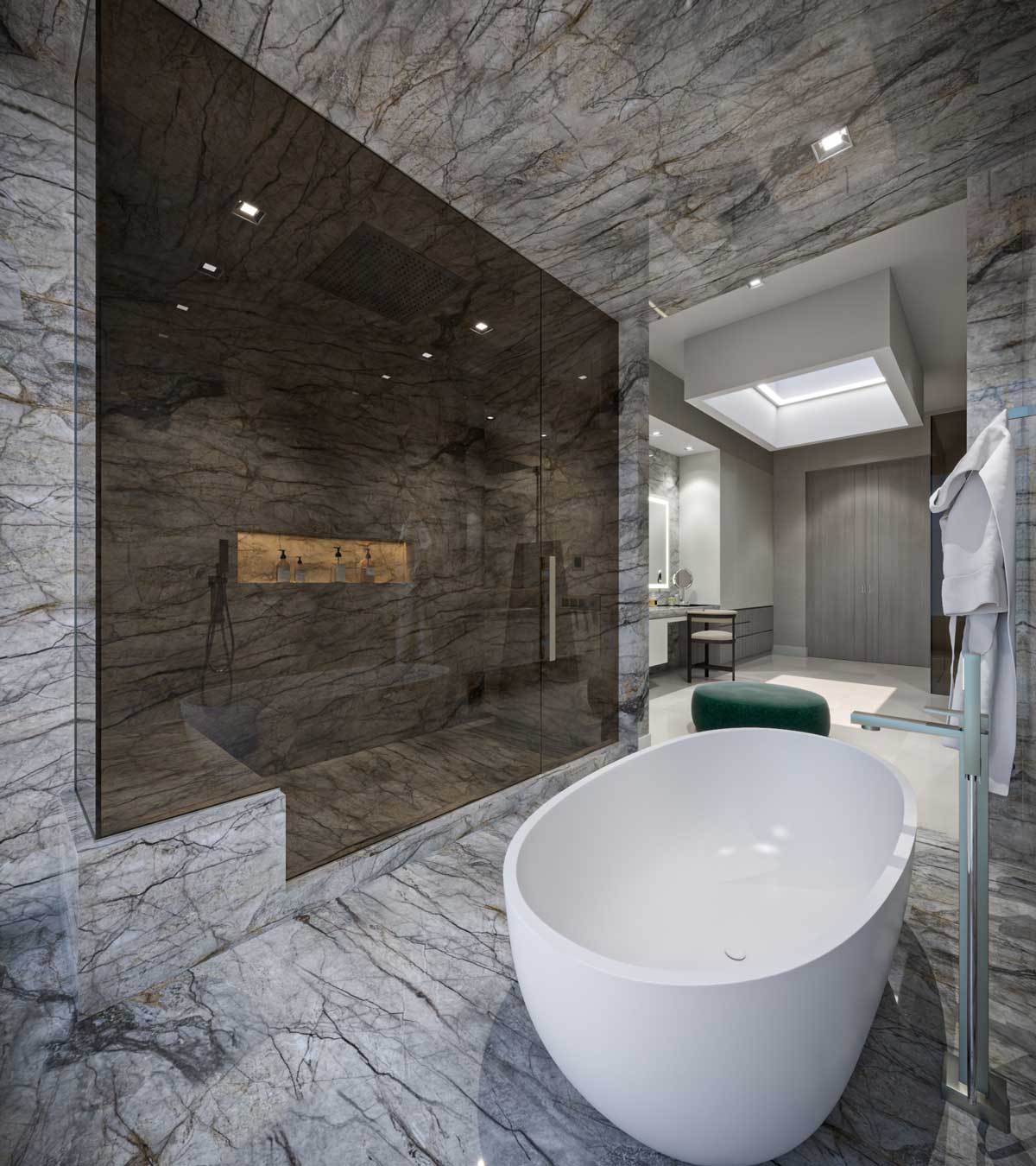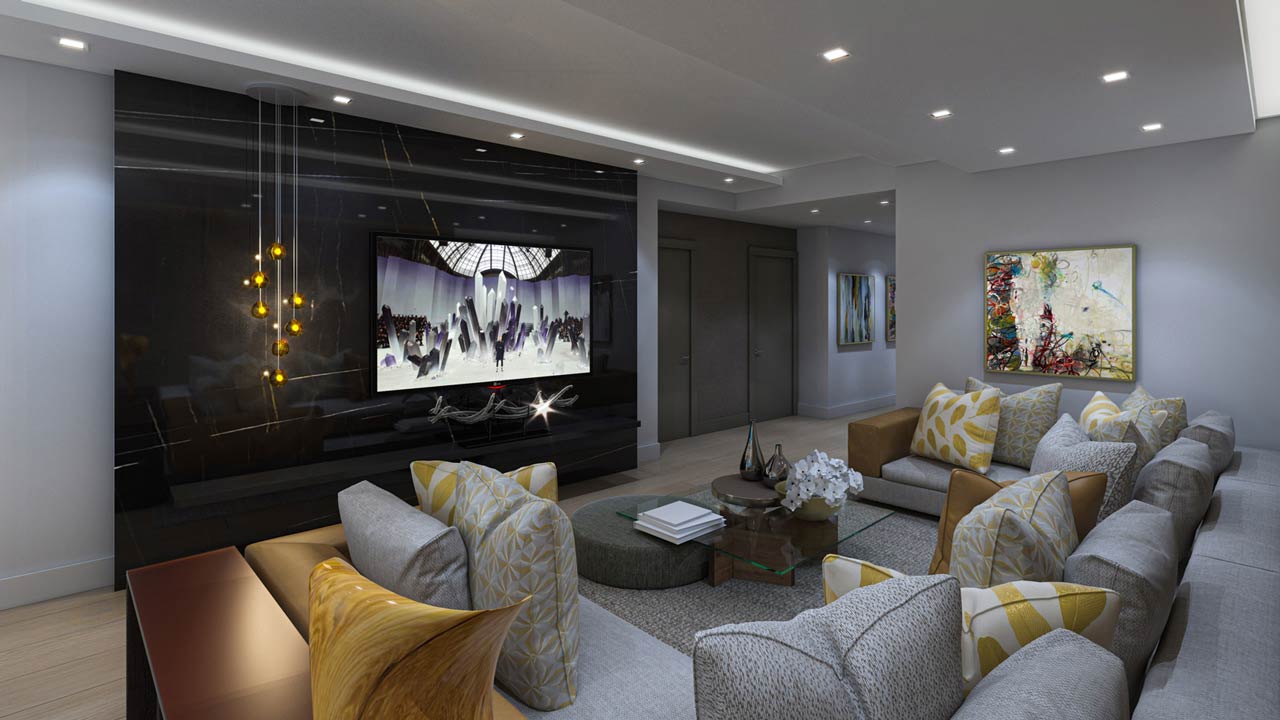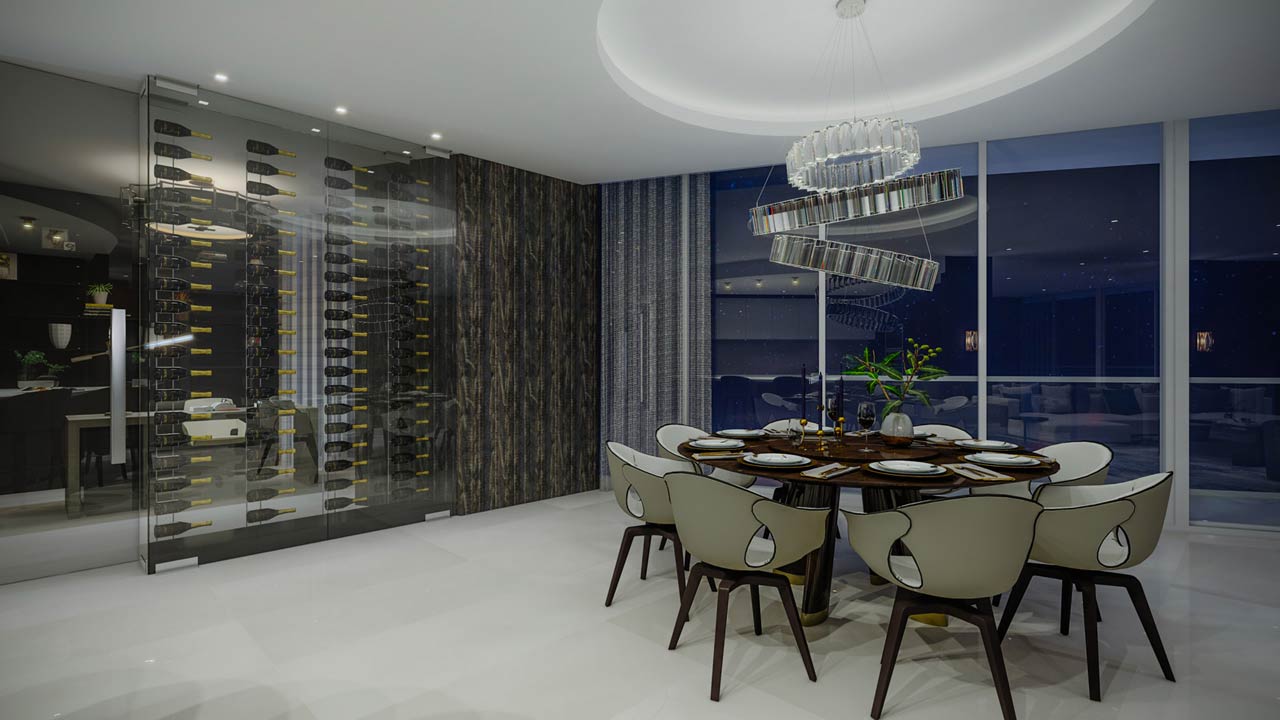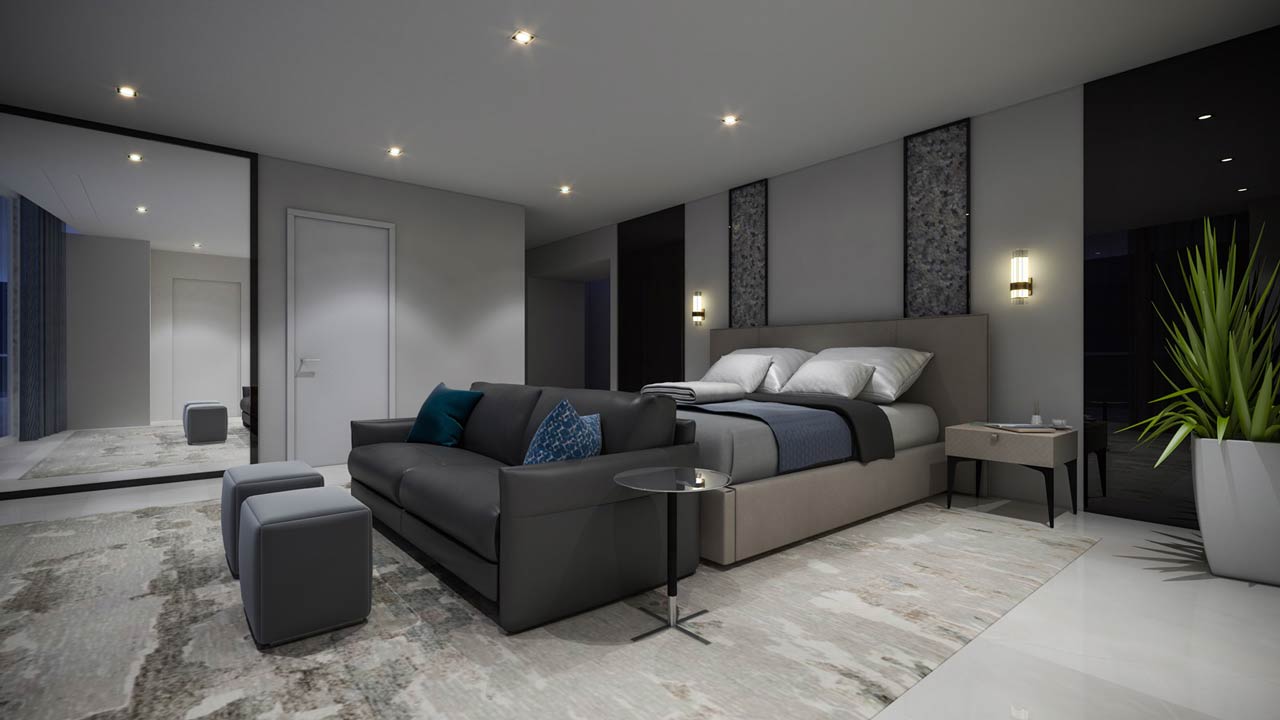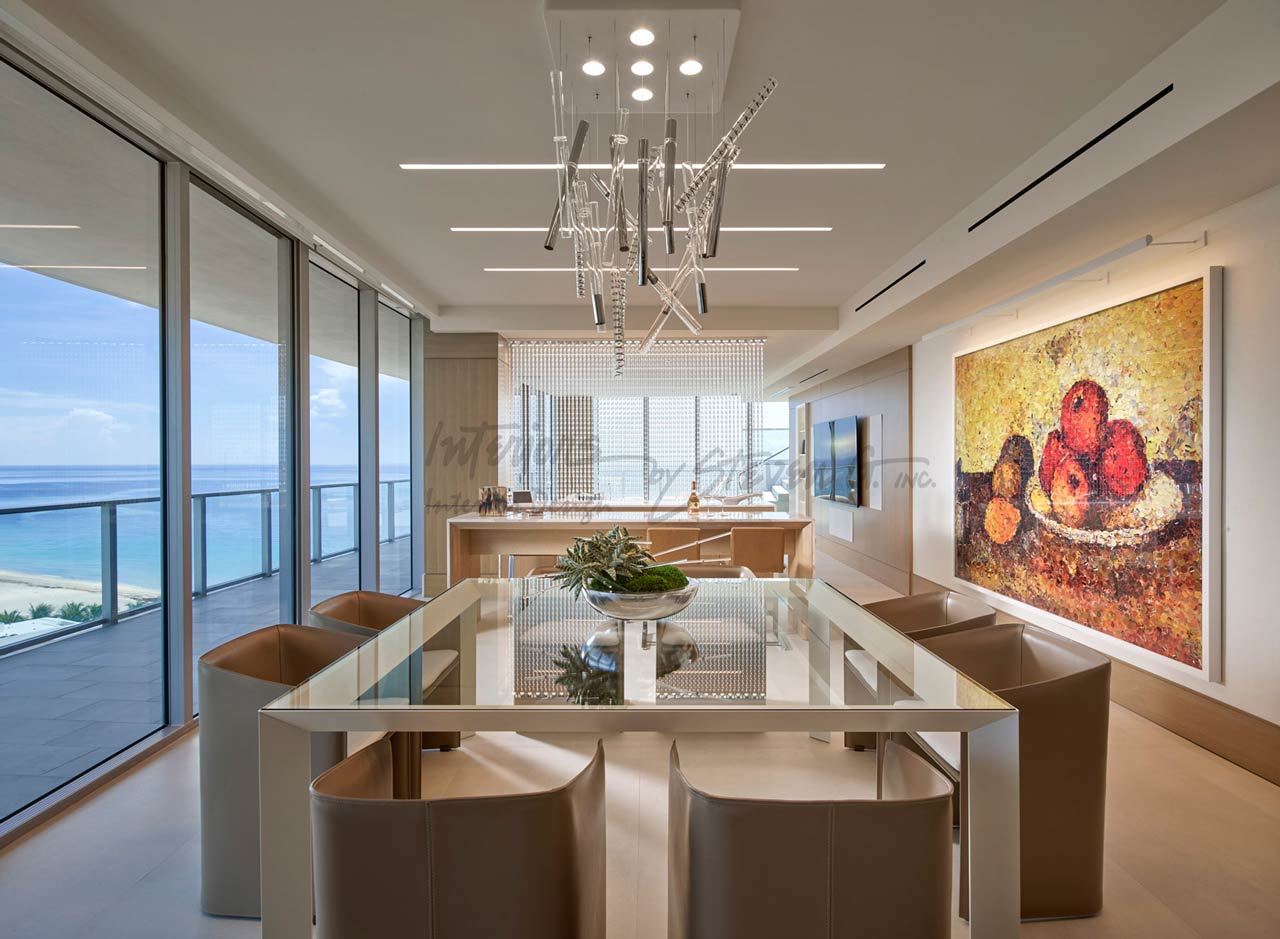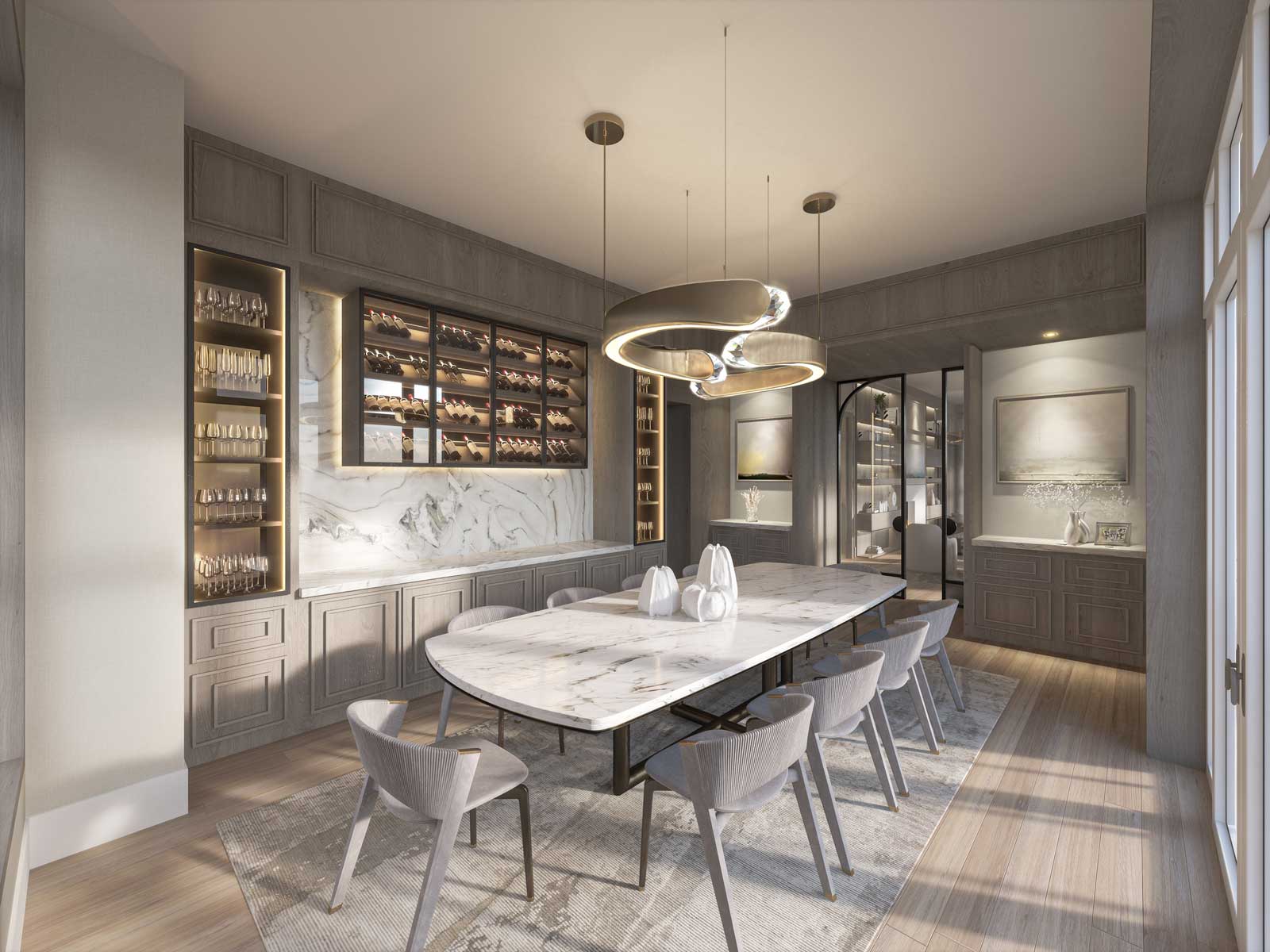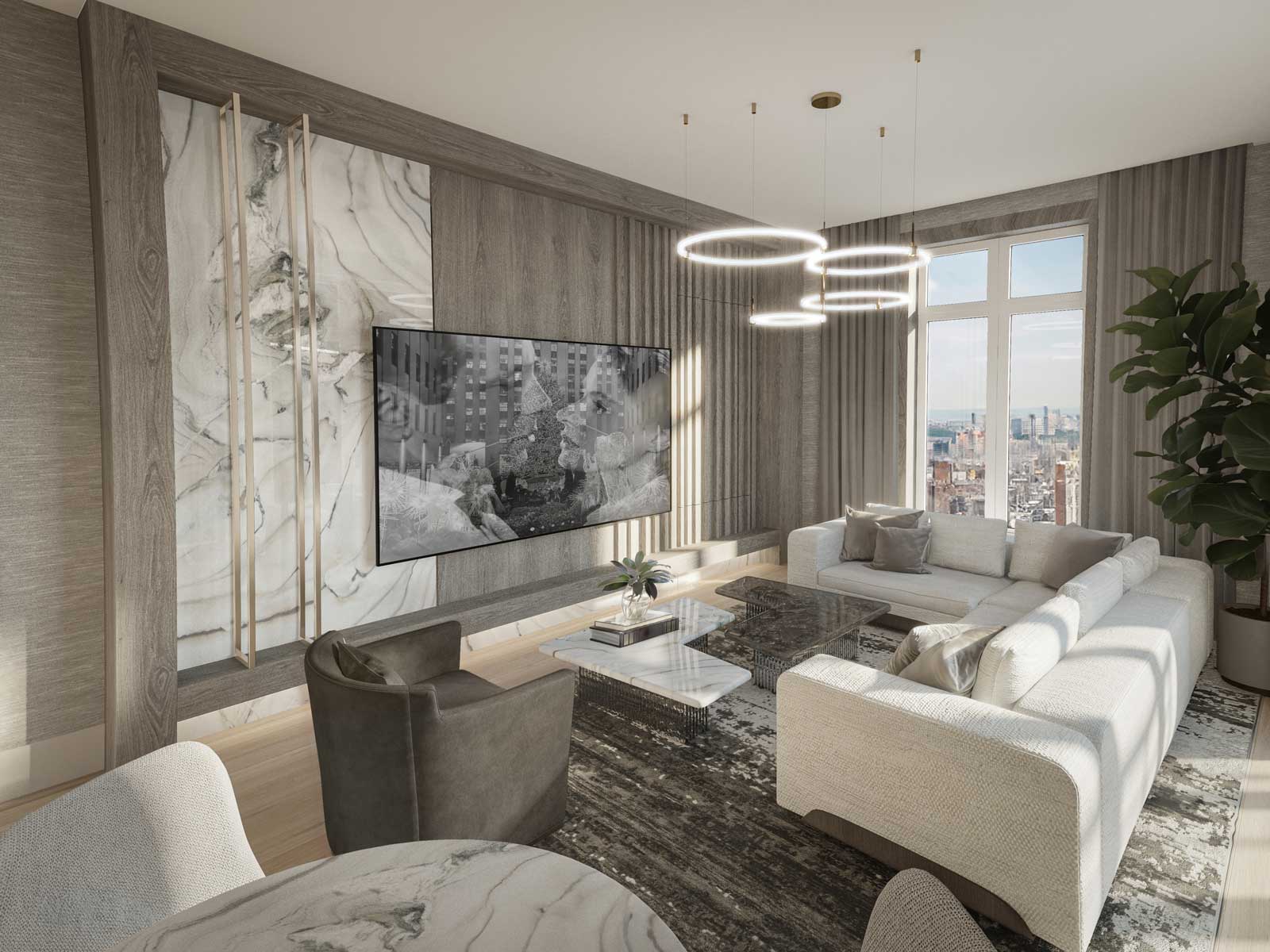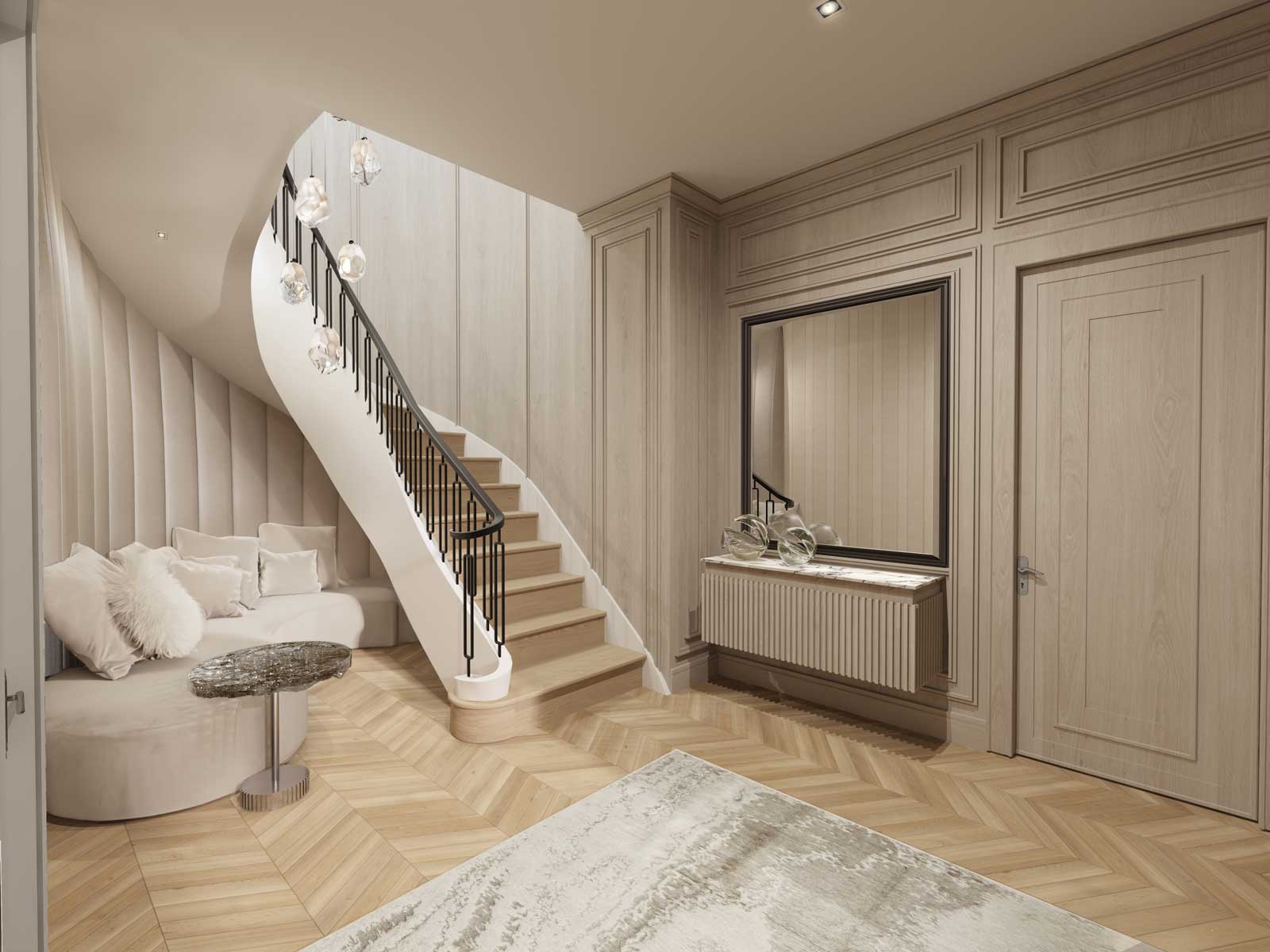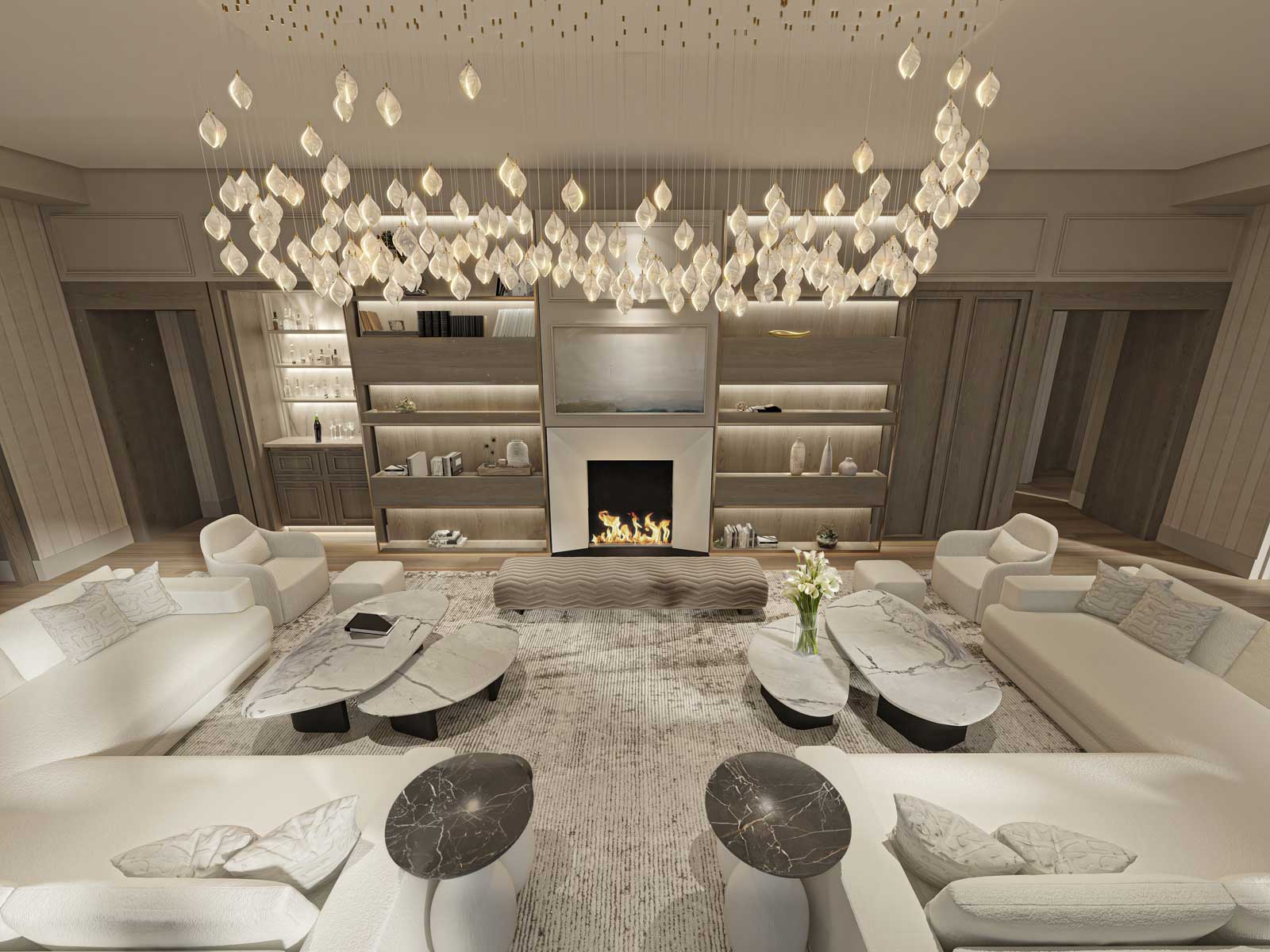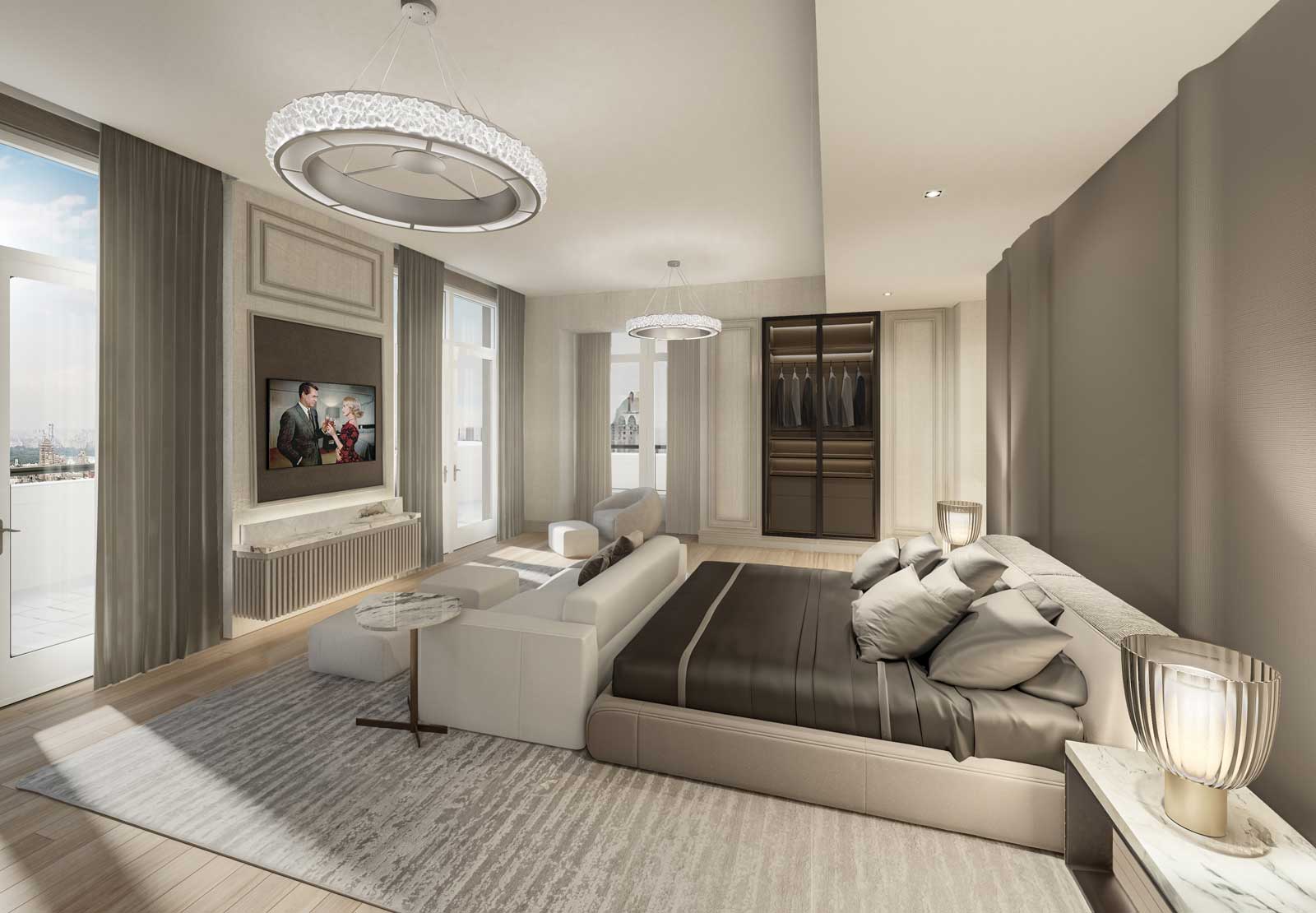Neoclassical interior design represents the perfect marriage between timeless elegance and contemporary living. Drawing inspiration from ancient Greek and Roman architecture, this sophisticated style brings grandeur and refinement to modern spaces while maintaining functionality for today’s lifestyle. Whether you’re renovating a traditional home or adding classical elements to a contemporary space, understanding the principles of neoclassical design will help you create interiors that exude both luxury and livability.
Understanding the Foundations of Neoclassical Design
Historical Roots and Modern Applications
Neoclassical design emerged during the late eighteenth century as a reaction to the ornate Rococo style, emphasizing clean lines, symmetry, and classical proportions. Today’s interpretation maintains these core principles while adapting to contemporary needs and technologies. The style celebrates order, balance, and the beauty of classical antiquity, making it particularly appealing for homeowners who appreciate refined aesthetics with enduring appeal.
The beauty of neoclassical design lies in its versatility. While the style is rooted in historical precedent, it translates beautifully to modern homes of various sizes and architectural styles. From grand estates to urban apartments, the principles of neoclassical design can be scaled and adapted to create sophisticated living spaces that feel both majestic and welcoming.
Key Design Principles
Symmetry forms the backbone of neoclassical interior design. This principle extends beyond simple mirror imaging to encompass balanced proportions, harmonious color schemes, and thoughtful placement of furniture and decorative elements. The goal is to create spaces that feel ordered and serene, where every element contributes to a cohesive whole.
Classical proportions, derived from ancient architectural traditions, guide the scale and relationship between different design elements. These time-tested ratios create visual harmony and ensure that spaces feel properly proportioned, regardless of their actual size. Understanding these proportions helps in selecting furniture, planning room layouts, and choosing architectural details that work together seamlessly.
Essential Elements of Neoclassical Style
Architectural Features
Crown molding and coffered ceilings serve as the architectural foundation of neoclassical interiors. These elements add depth, visual interest, and a sense of grandeur to any room. When budget or structural constraints make elaborate ceiling treatments impractical, simpler molding profiles can still achieve the desired effect while maintaining the style’s essential character.
Columns and pilasters, whether structural or decorative, immediately establish neoclassical credentials. These elements can be incorporated through actual architectural columns, decorative pilasters flanking doorways, or even column-inspired furniture pieces. The key is maintaining proper proportions and classical detailing that honors the style’s architectural heritage.
Wainscoting and paneling add texture and visual weight to walls while creating a sophisticated backdrop for furniture and artwork. These treatments can range from simple chair rail applications to full-height paneling systems, depending on the desired level of formality and the room’s intended use.
Color Palettes and Materials
Neoclassical interiors typically embrace neutral color schemes that emphasize elegance over drama. Warm whites, soft creams, gentle grays, and muted earth tones create a serene foundation that highlights architectural details and allows furnishings to take center stage. These timeless colors ensure that the design remains fresh and relevant over time.
Accent colors, when used, tend toward the sophisticated end of the spectrum. Deep blues, rich burgundies, forest greens, and warm golds add depth and interest without overwhelming the space. The key is using color judiciously, allowing the architecture and furnishings to provide visual interest through texture and form rather than relying heavily on bold color statements.
Natural materials play a crucial role in authentic neoclassical design. Marble, travertine, and other natural stones evoke classical antiquity while providing durability and timeless beauty. Wood, particularly in rich tones like mahogany, cherry, and walnut, adds warmth and sophistication through furniture, flooring, and architectural details.
Furniture Selection and Placement
Choosing Appropriate Pieces
Neoclassical furniture emphasizes clean lines, classical proportions, and quality craftsmanship. Pieces often feature subtle classical details such as fluted legs, Greek key motifs, or restrained carving that references ancient decorative traditions. The goal is to select furniture that feels substantial and well-made without being overly ornate or flashy.
Upholstery fabrics should complement the overall aesthetic through their texture, pattern, and color. Silk, velvet, and high-quality cotton fabrics in solid colors or subtle patterns work particularly well. When patterns are used, they should be restrained and classical in inspiration, such as damask, toile, or geometric designs that echo ancient decorative traditions.
Creating Balanced Arrangements
Furniture placement in neoclassical interiors follows principles of symmetry and proportion. Seating arrangements often center around focal points such as fireplaces or significant architectural features, with pieces arranged to create conversation areas that feel both formal and comfortable. The key is balancing grandeur with functionality, ensuring that rooms feel livable despite their sophisticated appearance.
Traffic flow considerations remain important even in formal neoclassical spaces. Furniture should be arranged to allow easy movement through rooms while maintaining the visual balance that is so crucial to the style. This often means creating clear pathways and avoiding overcrowding, even when working with substantial furniture pieces.
Lighting and Accessories
Illumination Strategies
Lighting in neoclassical interiors should enhance the architectural features while providing adequate illumination for modern living. Chandeliers, particularly those with classical inspiration, serve as both functional lighting and decorative focal points. However, these statement pieces must be properly scaled to the room and complemented by additional lighting sources for practical use.
Table lamps, wall sconces, and recessed lighting provide the layered illumination necessary for comfortable modern living. These fixtures should complement the overall design aesthetic while meeting contemporary lighting needs. The goal is creating lighting schemes that enhance the classical atmosphere during evening hours while providing adequate task lighting for daily activities.
Decorative Elements
Artwork and accessories in neoclassical interiors should reflect the style’s emphasis on classical culture and refined taste. Oil paintings in classical styles, antique maps, and architectural prints work particularly well. Sculptures, whether original pieces or quality reproductions, add three-dimensional interest and reinforce the connection to classical antiquity.
Books, particularly when arranged in built-in shelving or displayed on classical furniture pieces, contribute to the scholarly atmosphere associated with neoclassical design. Decorative objects should be chosen for their quality, classical inspiration, and ability to contribute to the overall composition rather than simply filling space.
Working With Professional Interior Designers
The Value of Expertise
Implementing neoclassical design successfully requires a deep understanding of classical proportions, historical precedent, and the ability to adapt these principles to contemporary living. Professional interior design companies bring this expertise to residential projects, ensuring that the final result honors the style’s traditions while meeting modern functional requirements.
Experienced designers can navigate the complexities of incorporating classical elements into existing architecture, selecting appropriate materials and furnishings, and creating cohesive design schemes that feel authentic rather than theatrical. They understand how to balance grandeur with comfort, ensuring that neoclassical interiors remain livable for contemporary families.
Collaboration and Implementation
Working with a professional interior design team allows homeowners to benefit from established relationships with craftspeople, vendors, and suppliers who specialize in classical design elements. These connections often provide access to higher-quality materials and custom work that would be difficult for individual homeowners to source independently.
Professional designers also bring project management skills that ensure neoclassical renovations proceed smoothly and efficiently. They coordinate the various trades and suppliers necessary for successful implementation while maintaining quality standards and adhering to project timelines and budgets.
Mastering neoclassical interior design in modern homes requires understanding the style’s historical foundations while adapting its principles to contemporary living. Through careful attention to proportion, symmetry, and classical details, homeowners can create spaces that possess timeless elegance and enduring appeal. Whether working independently or with professional design assistance, the key lies in respecting the style’s architectural heritage while ensuring that the final result serves the practical needs of modern family life.
Take the first step toward creating your own timeless sanctuary. Contact our interior design team today to discuss how neoclassical principles can transform your living spaces into the elegant, sophisticated home you’ve always envisioned. Your journey toward classical elegance begins with a single conversation.





